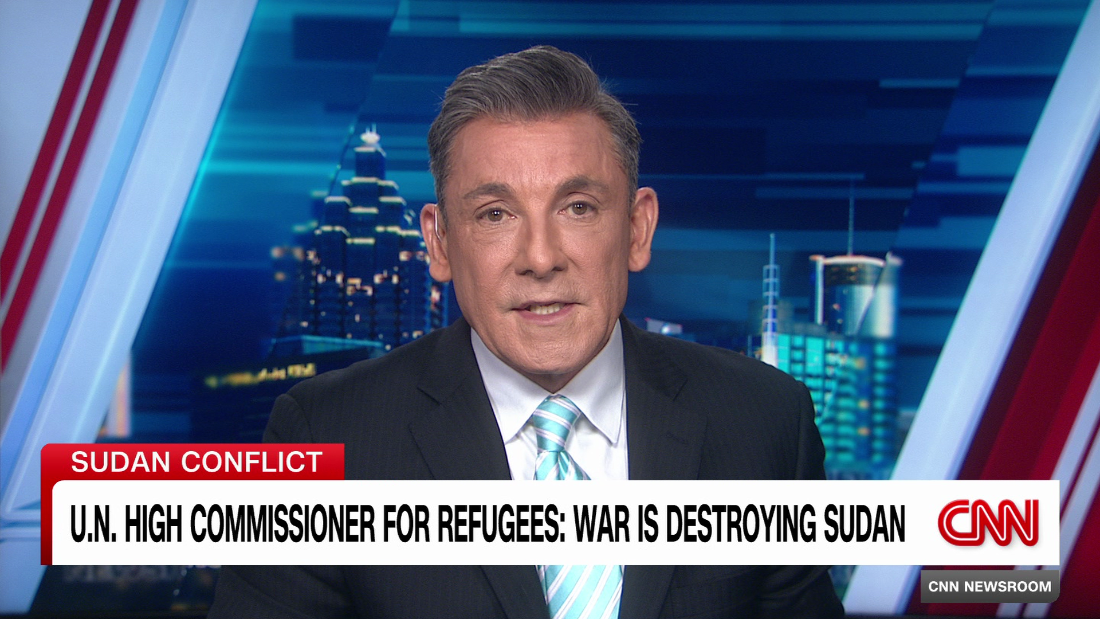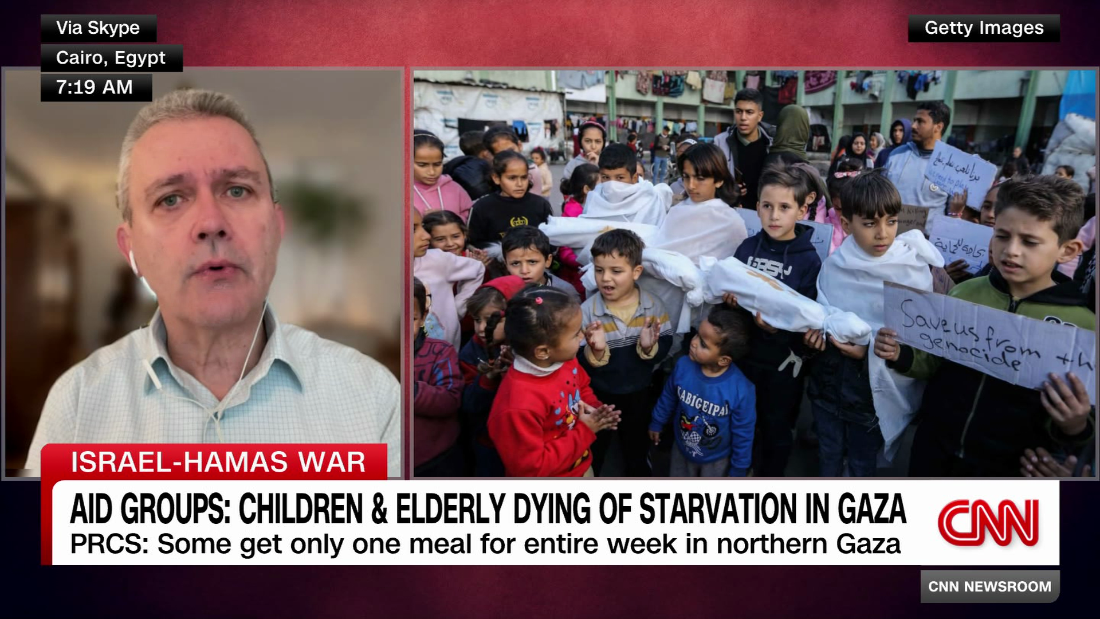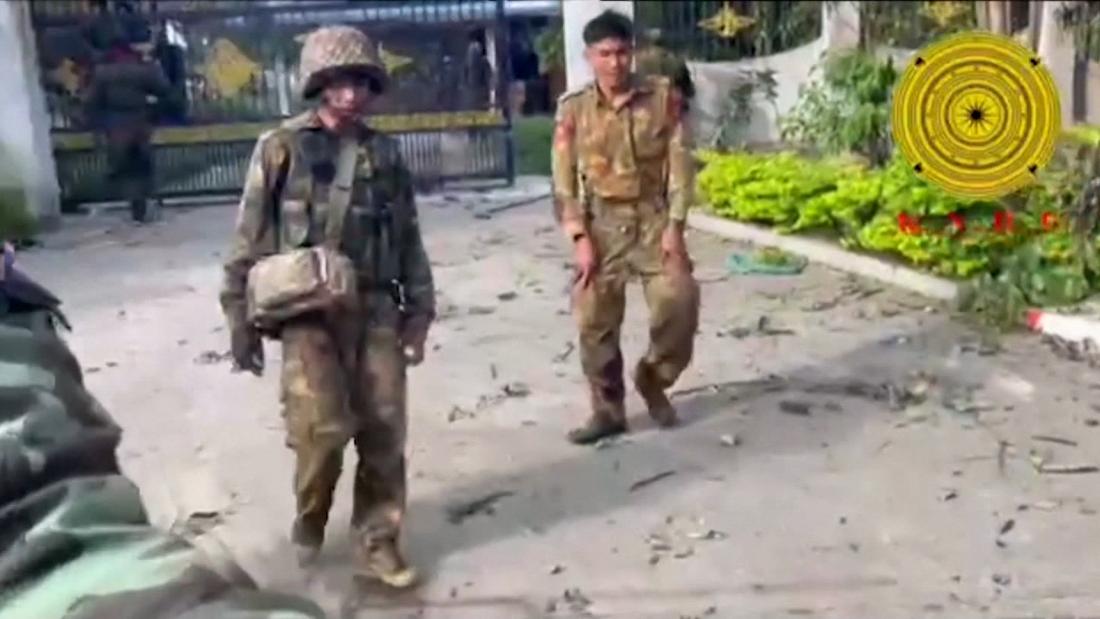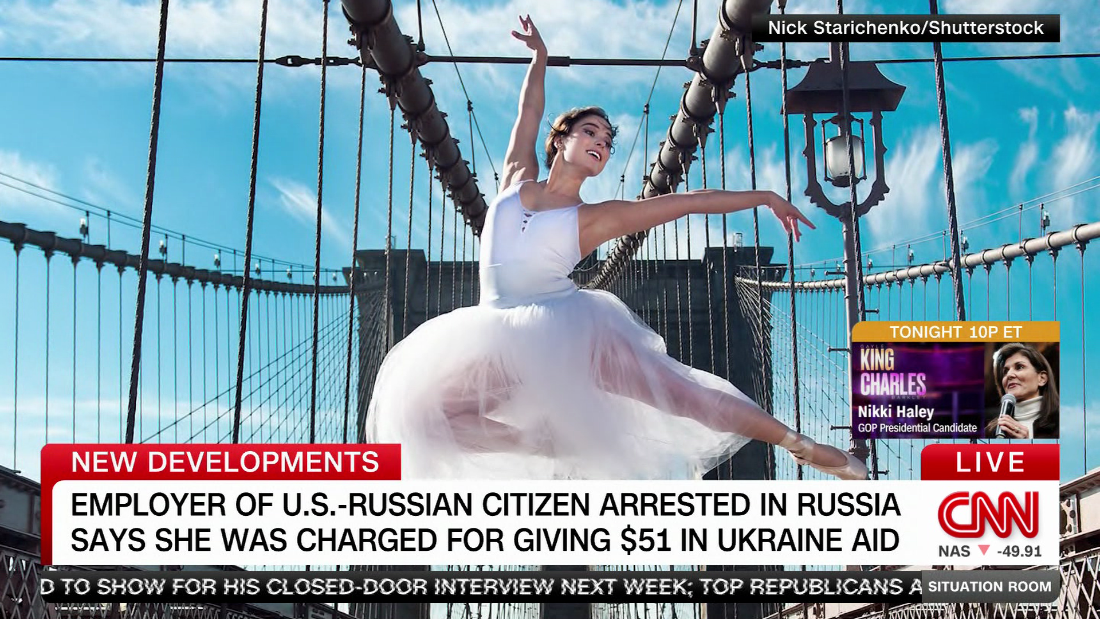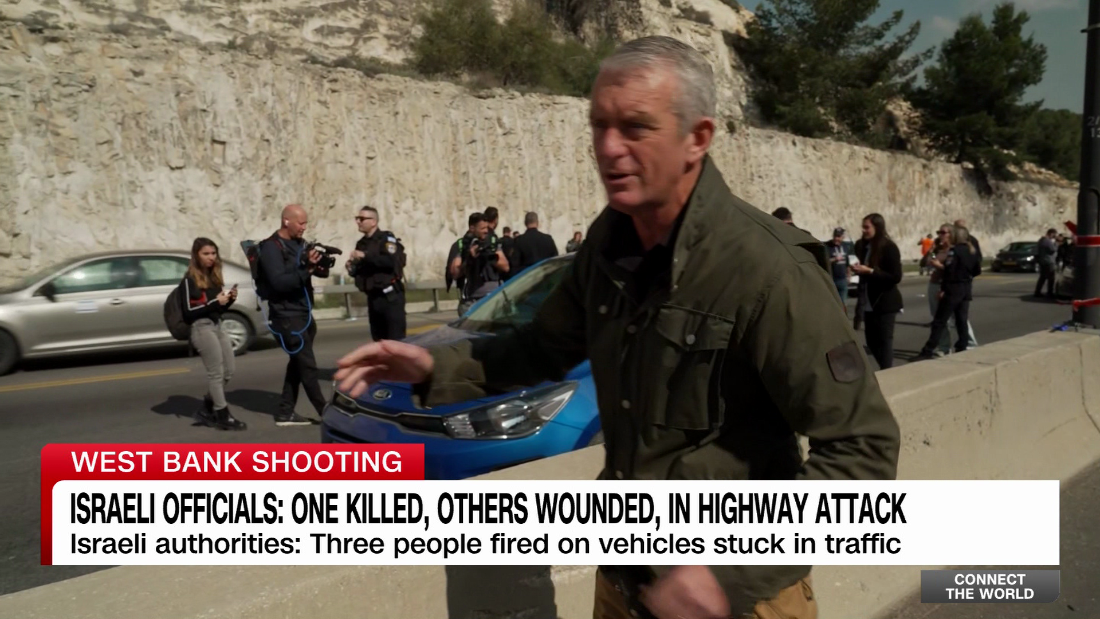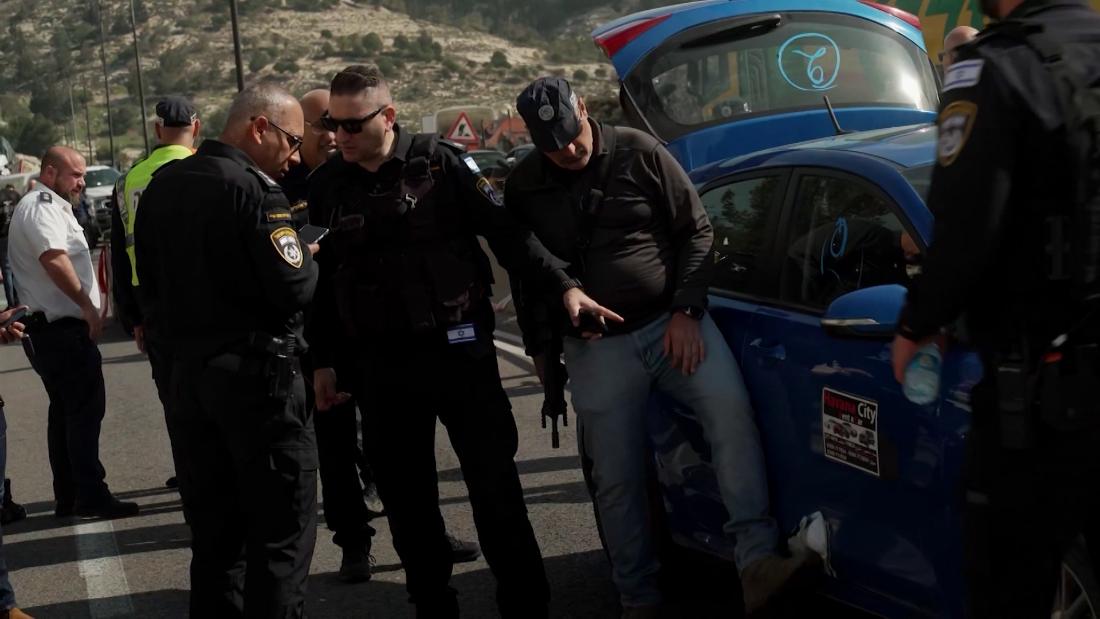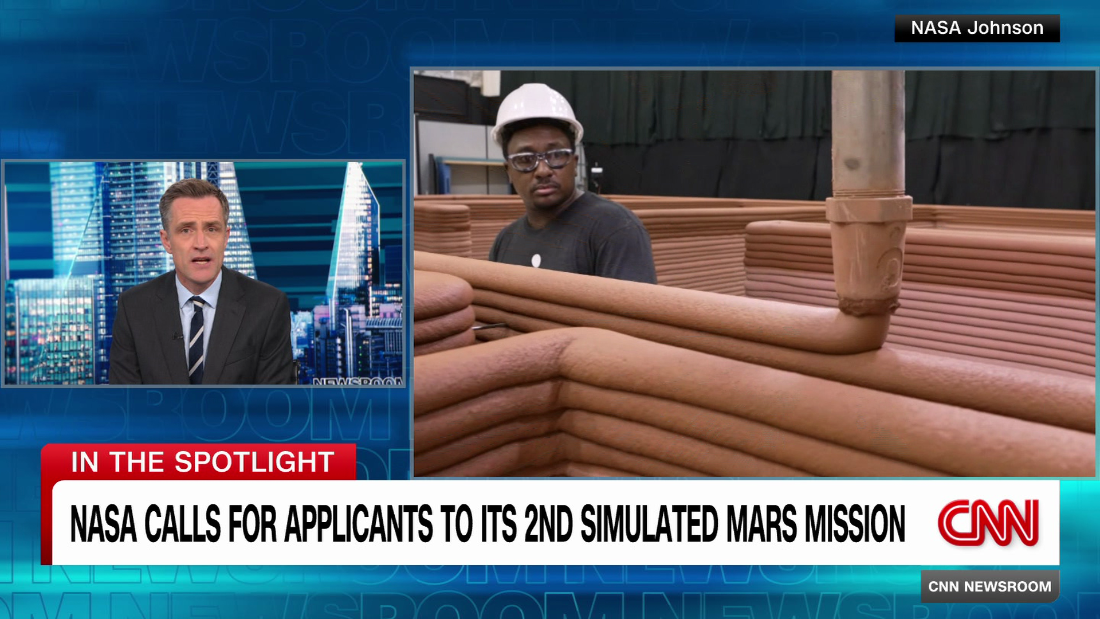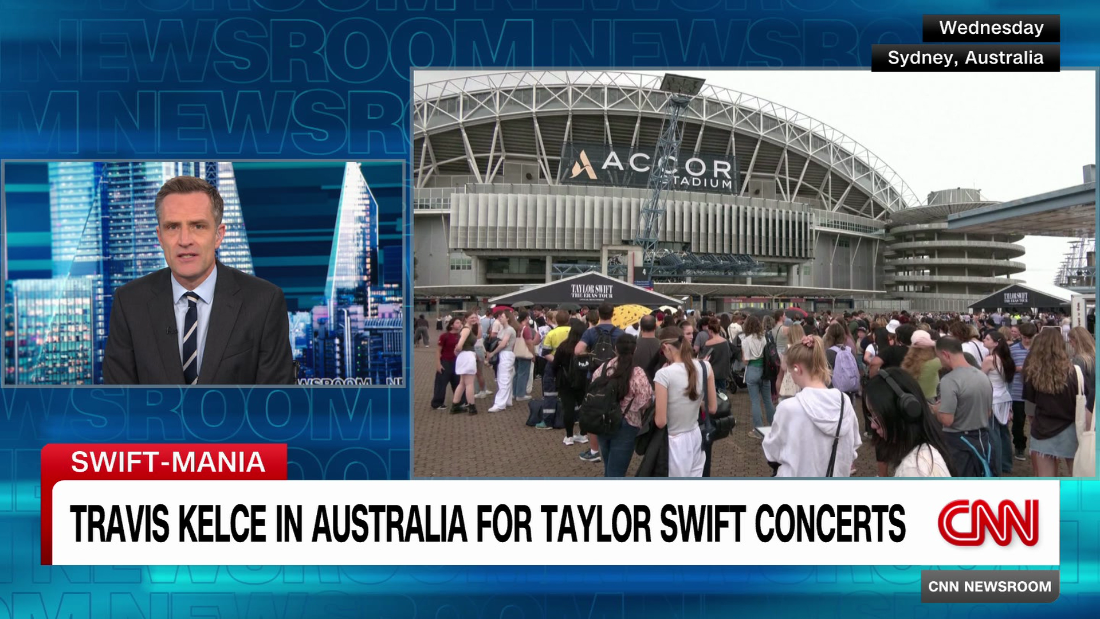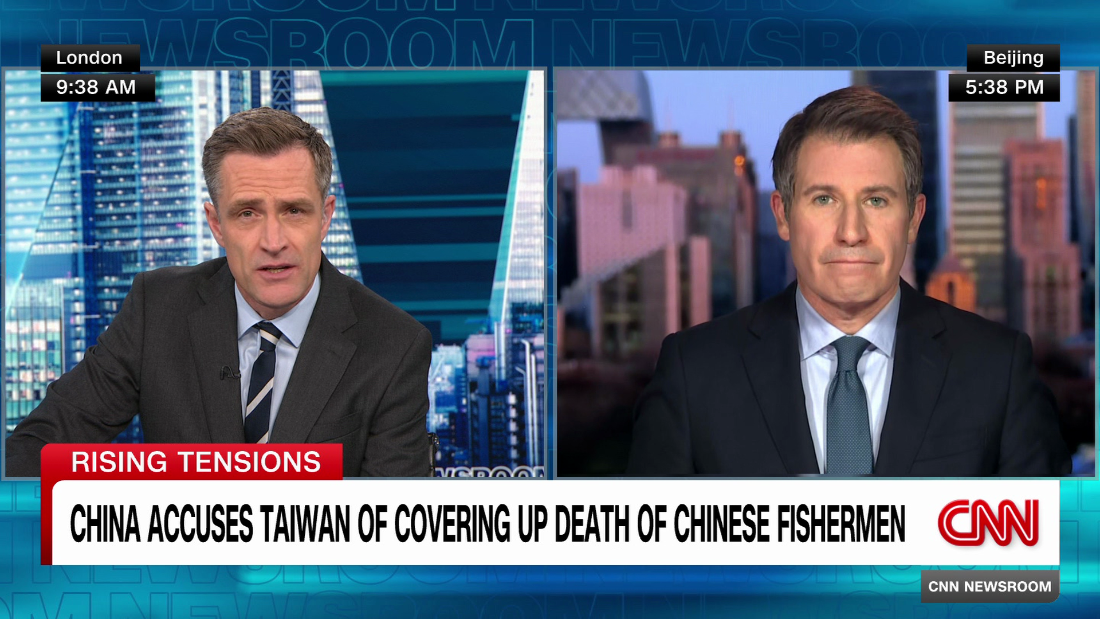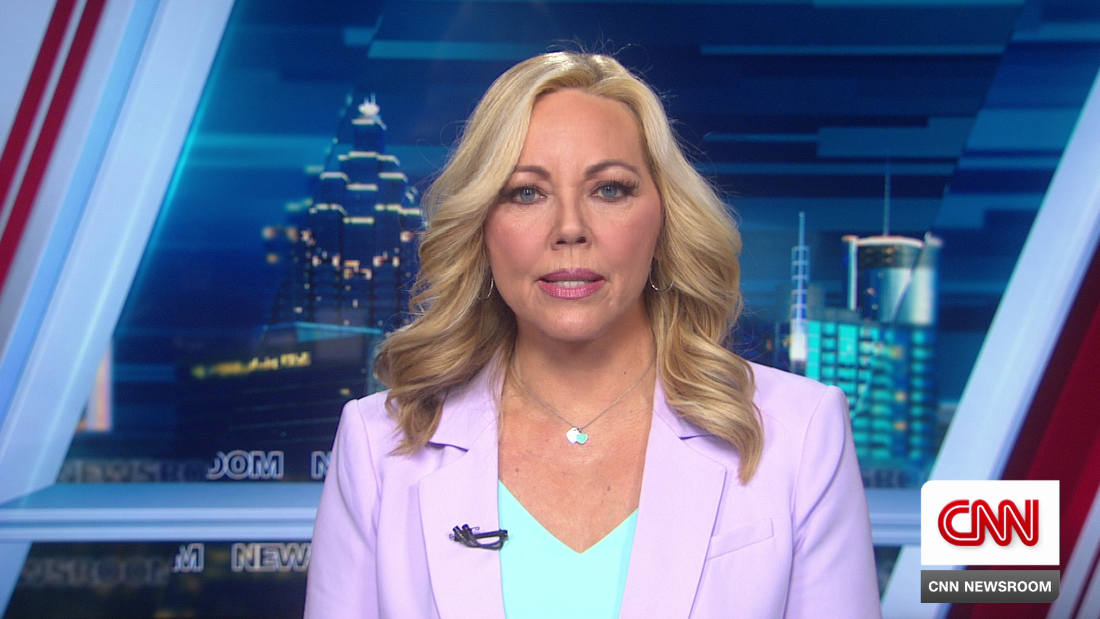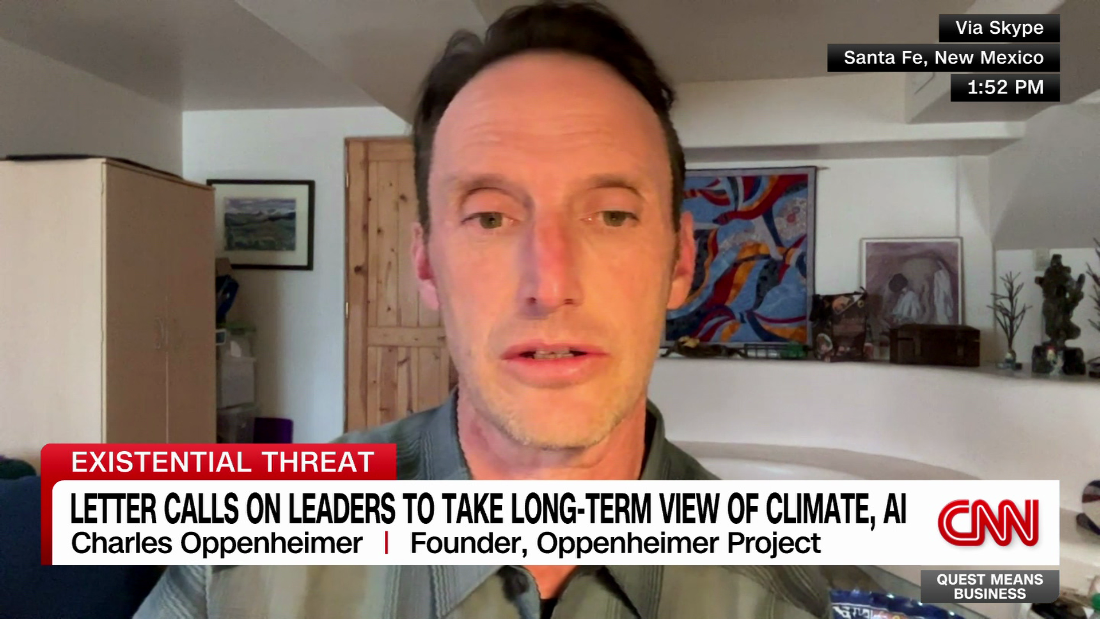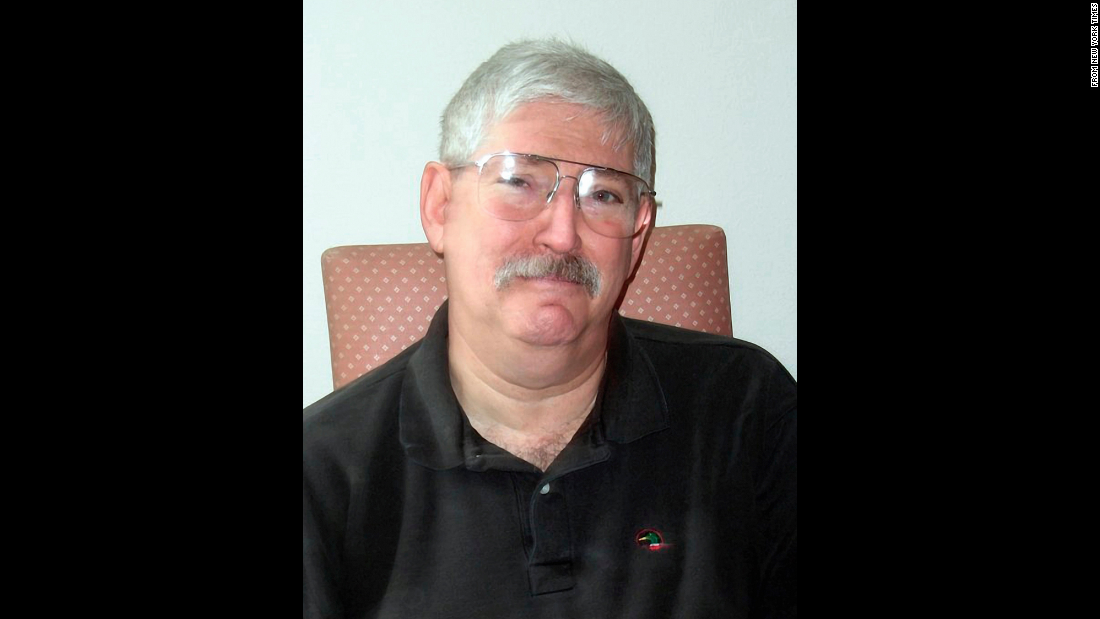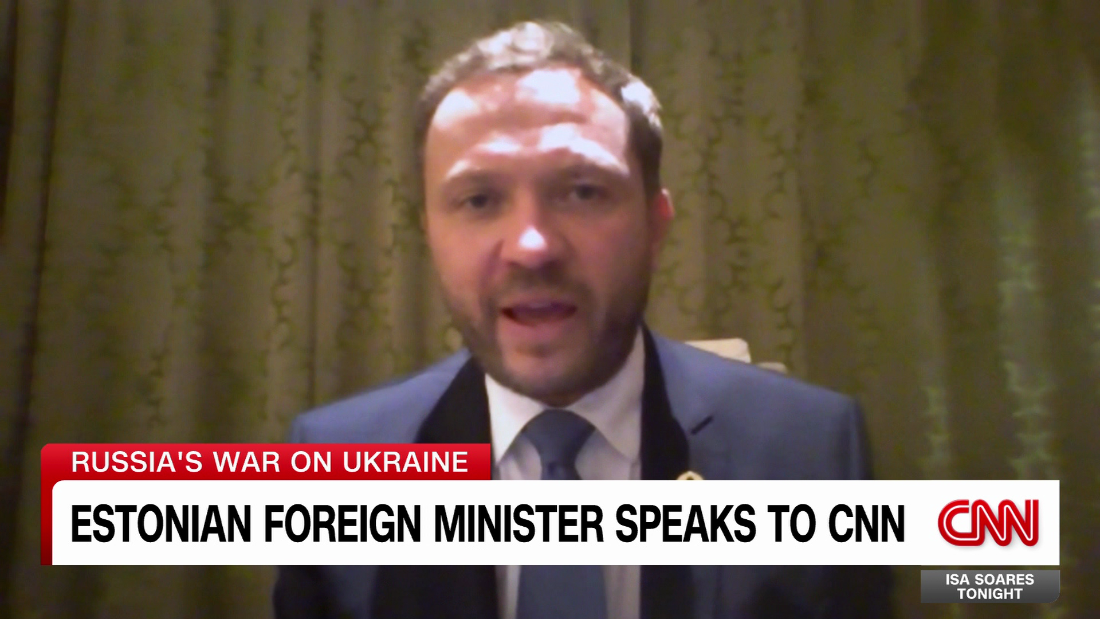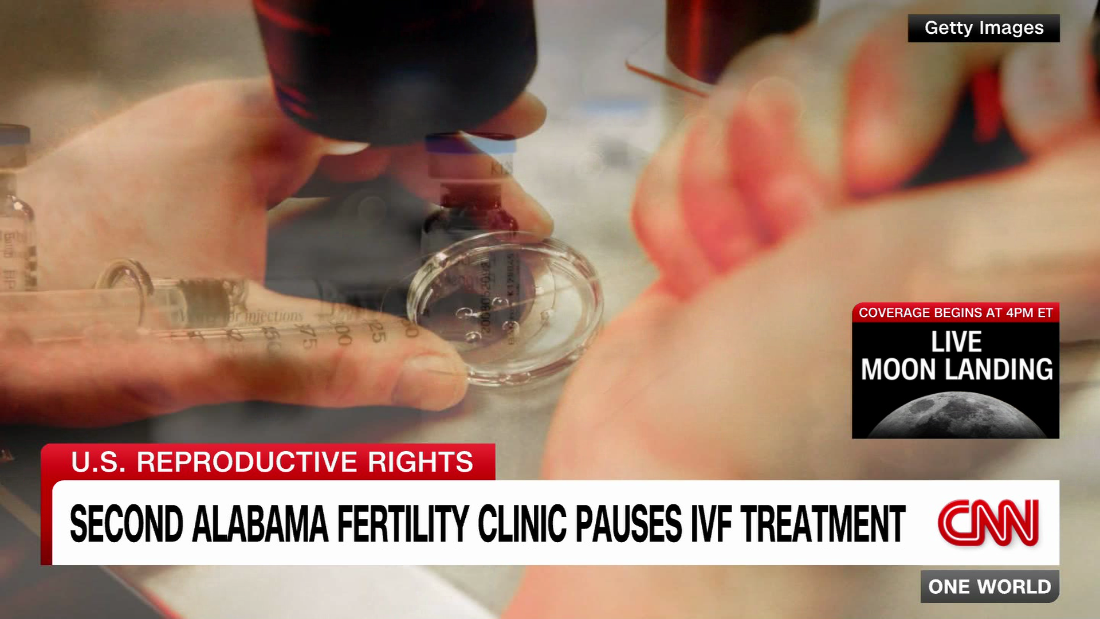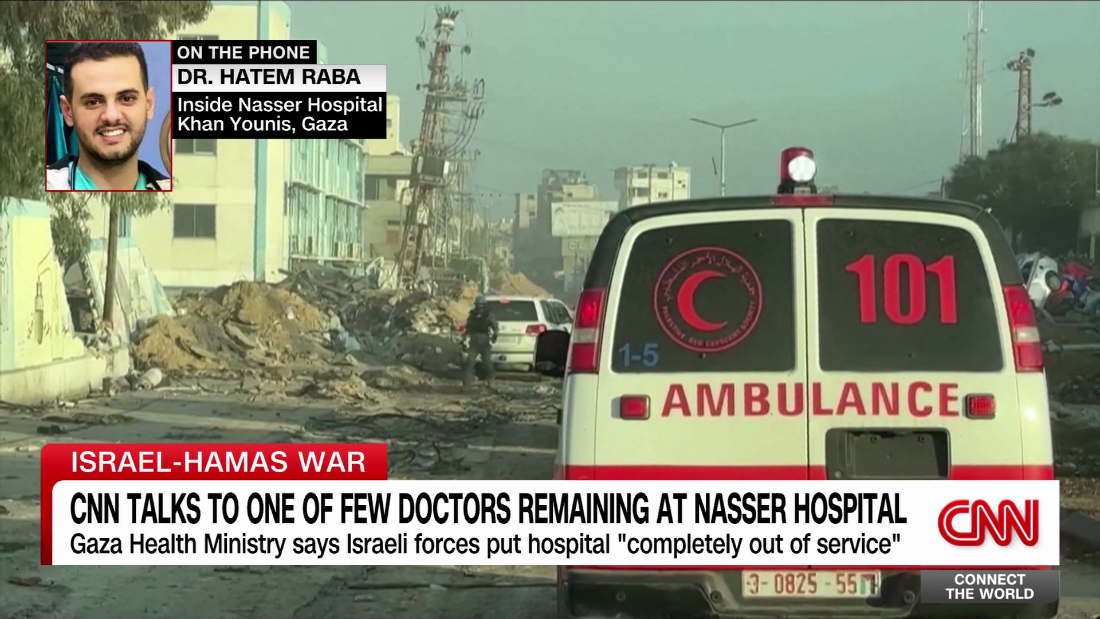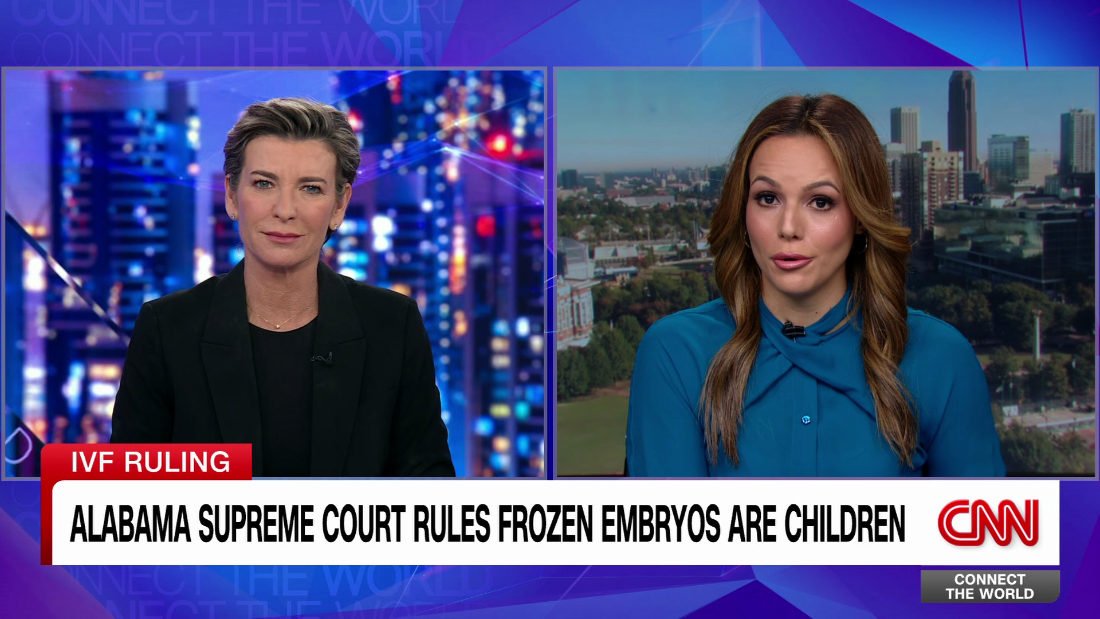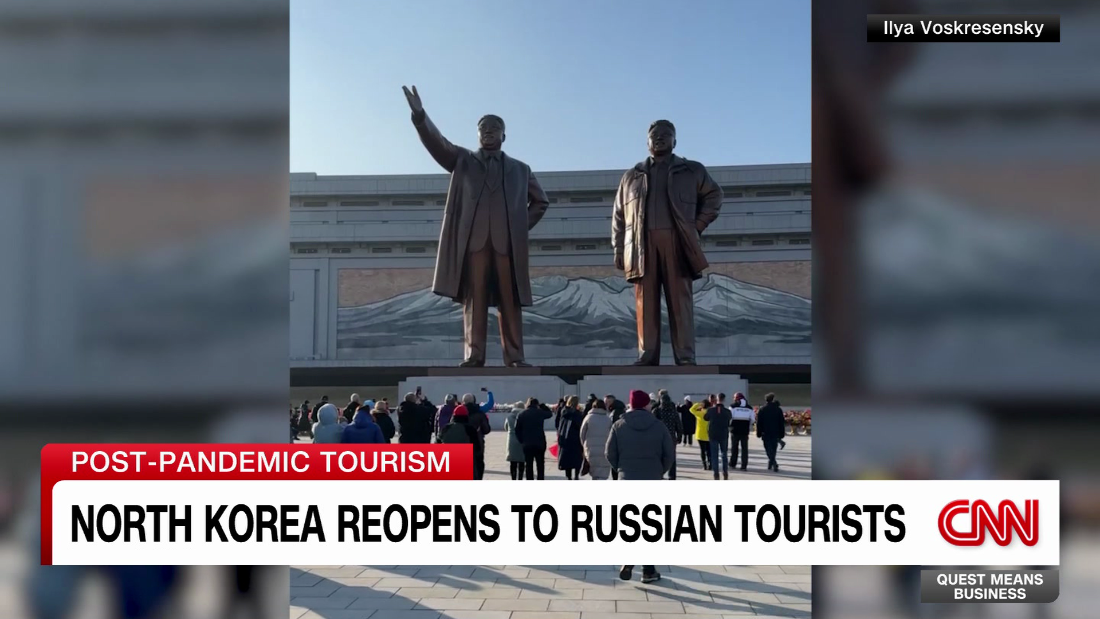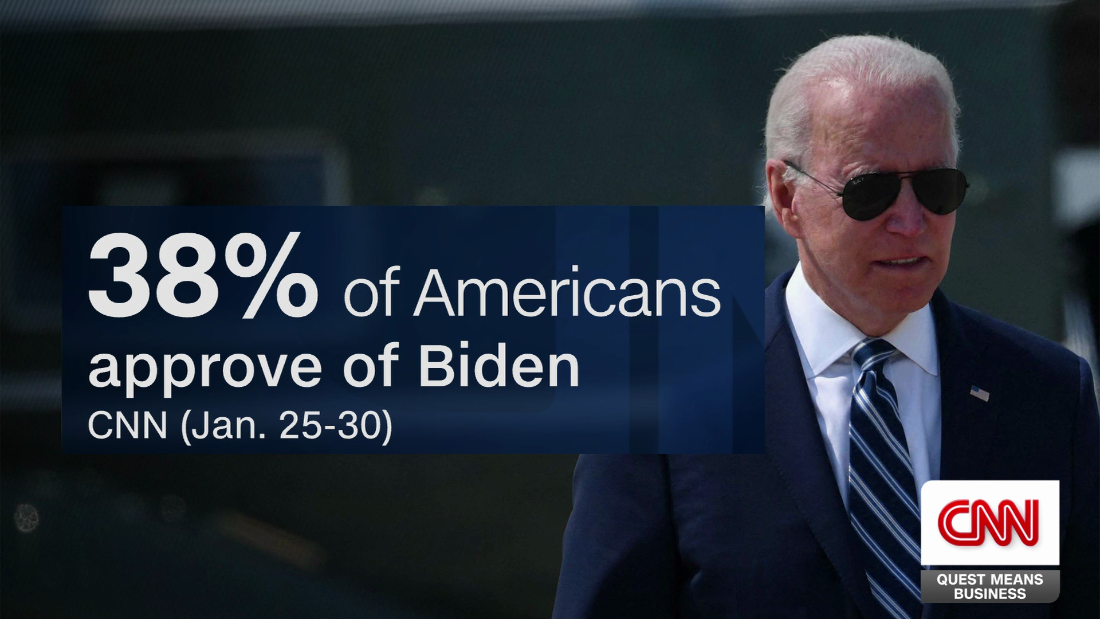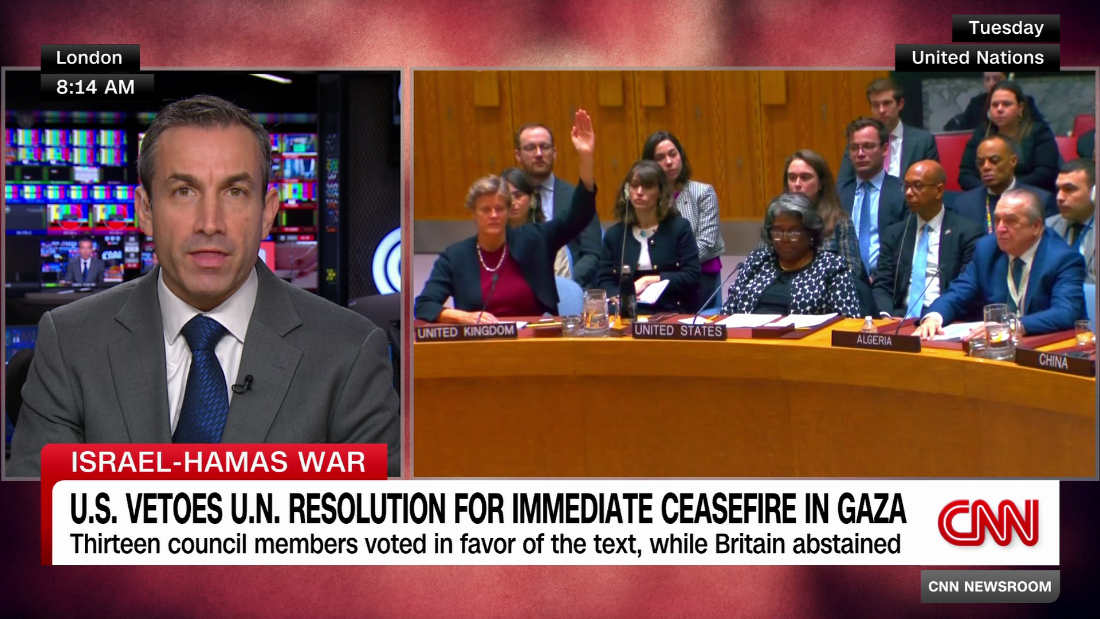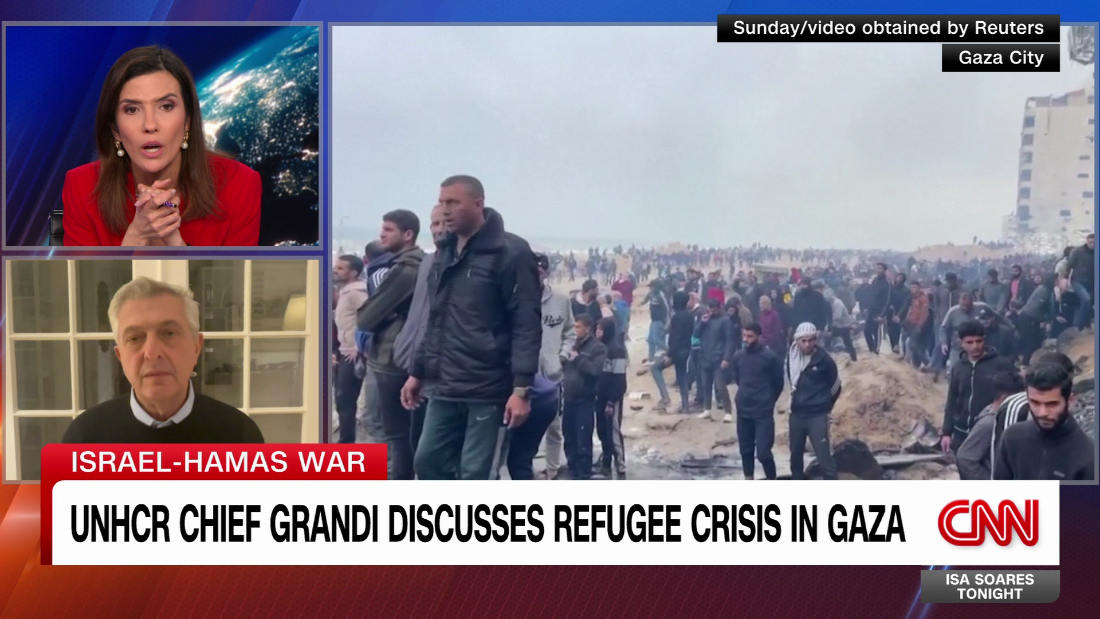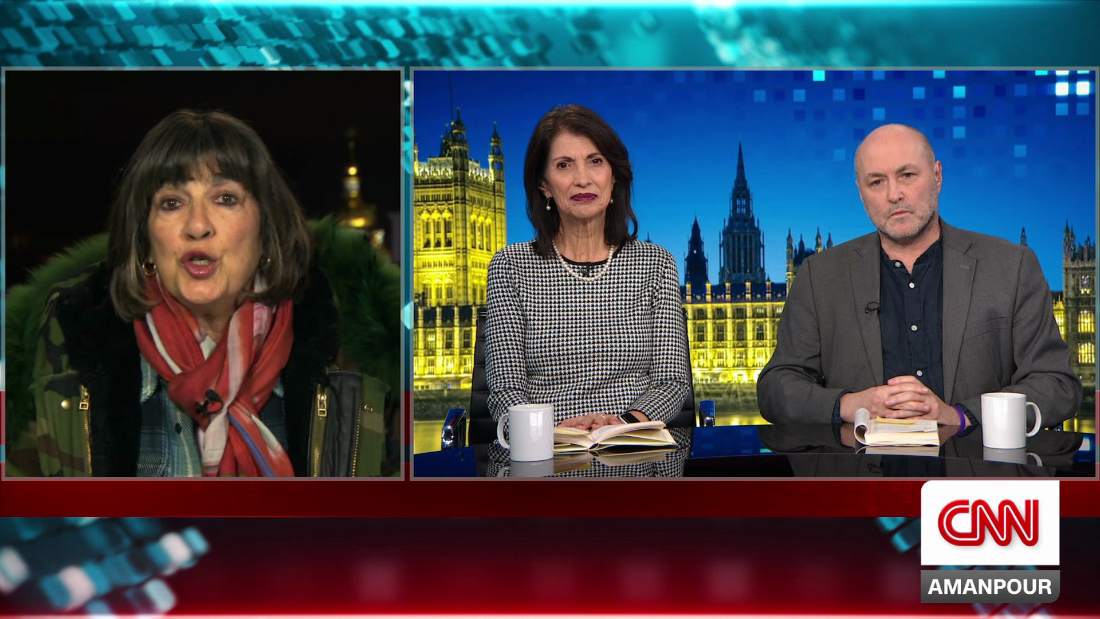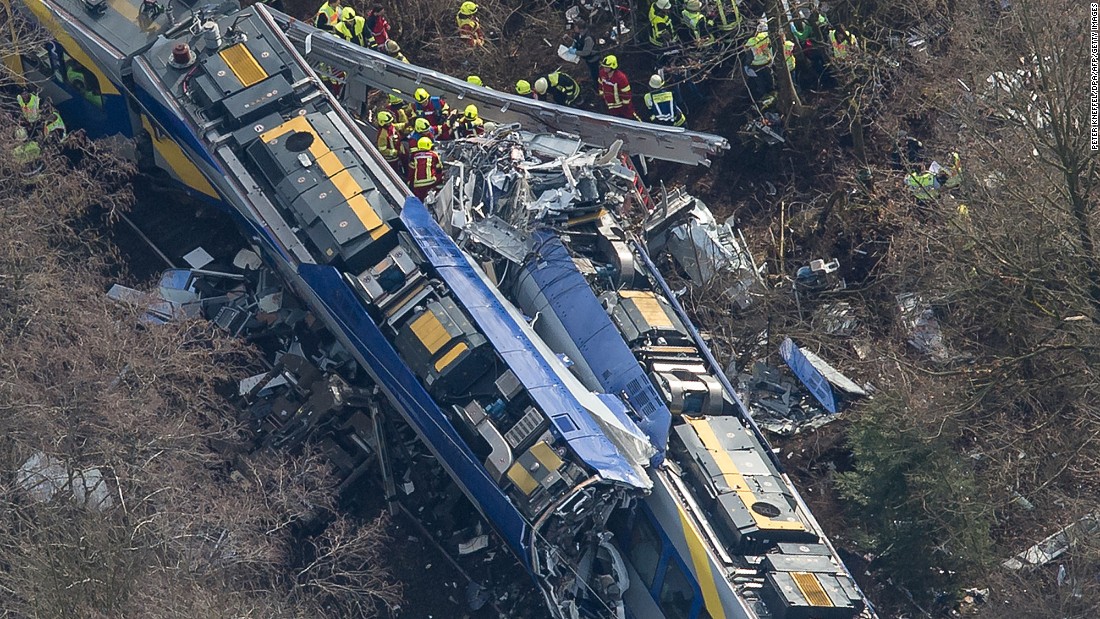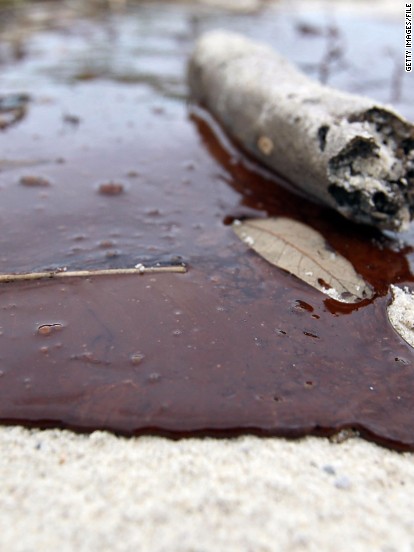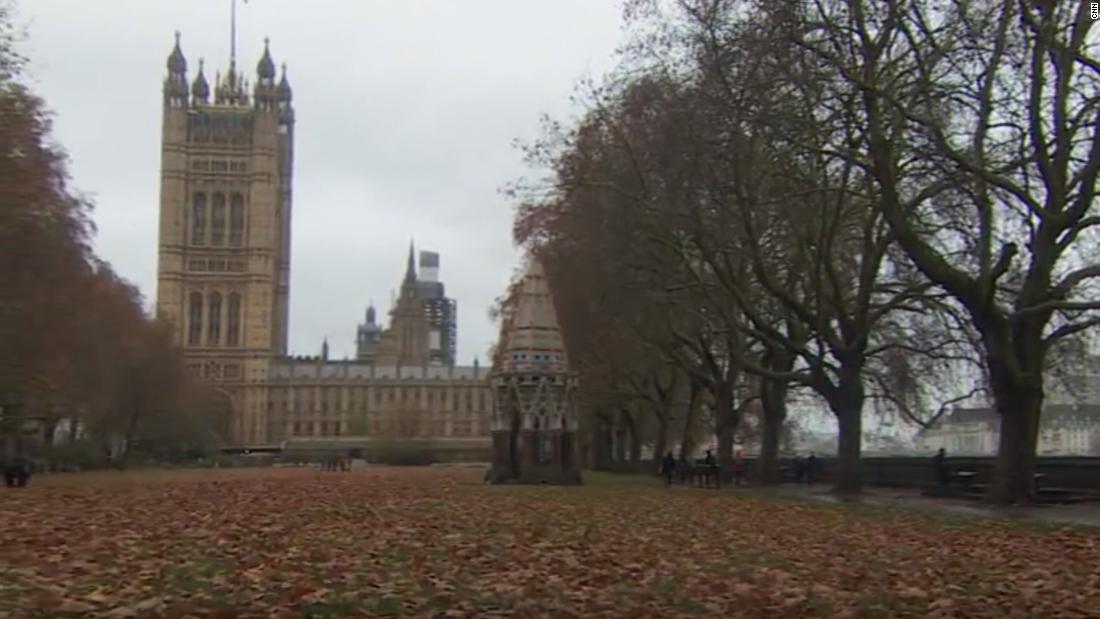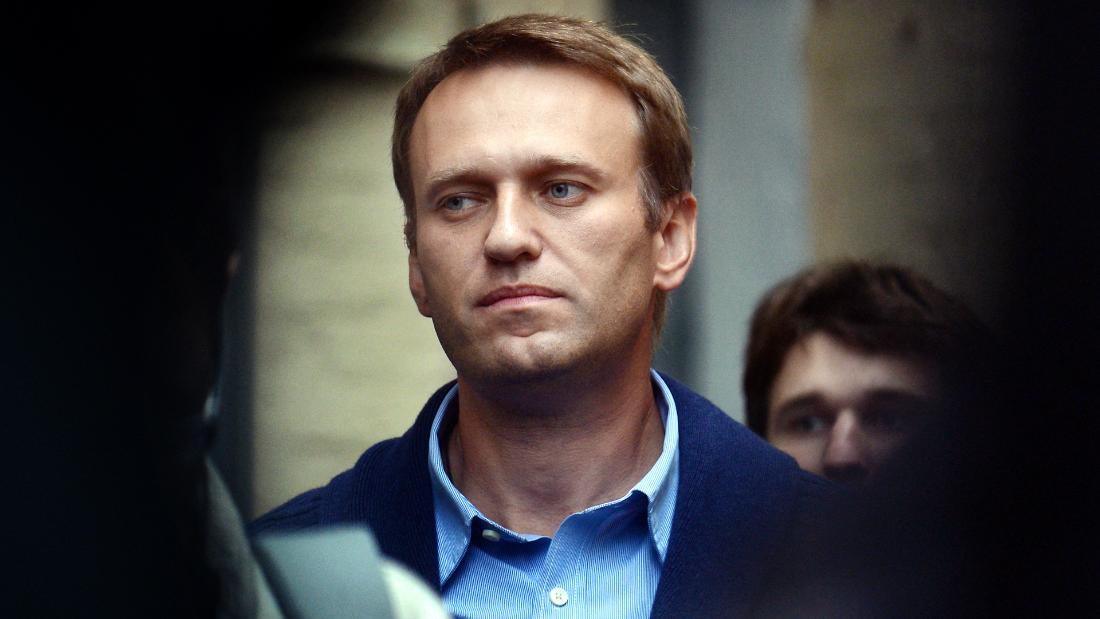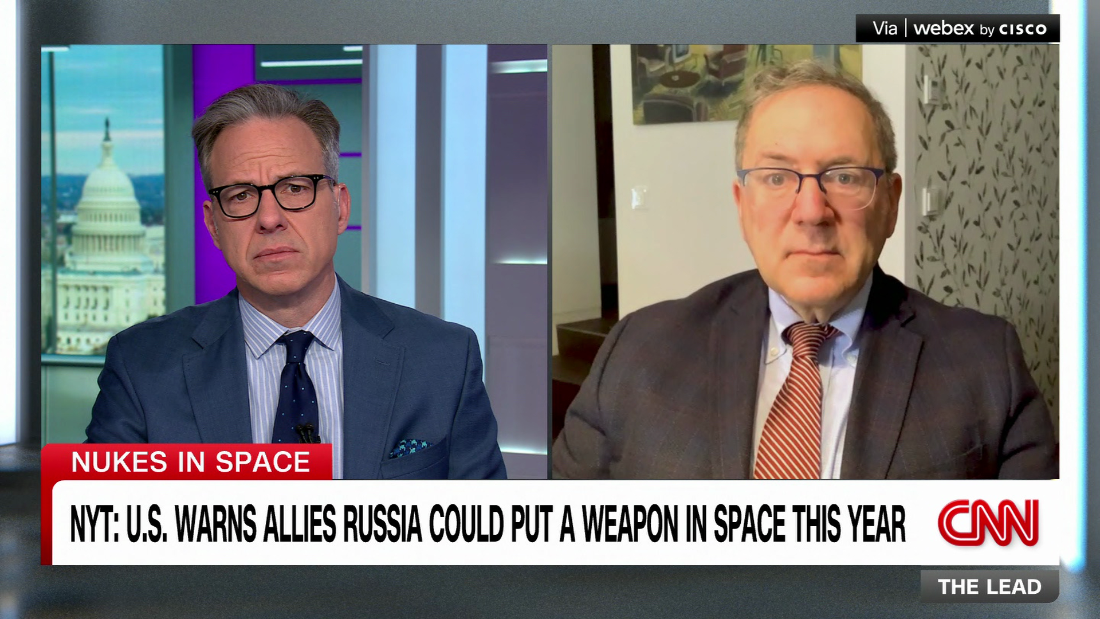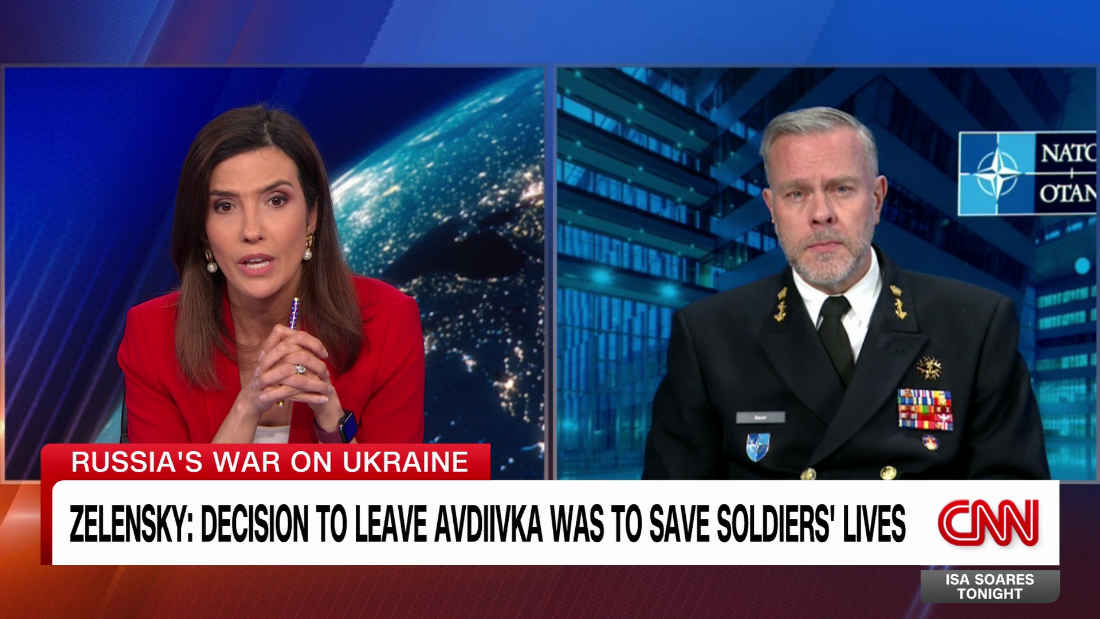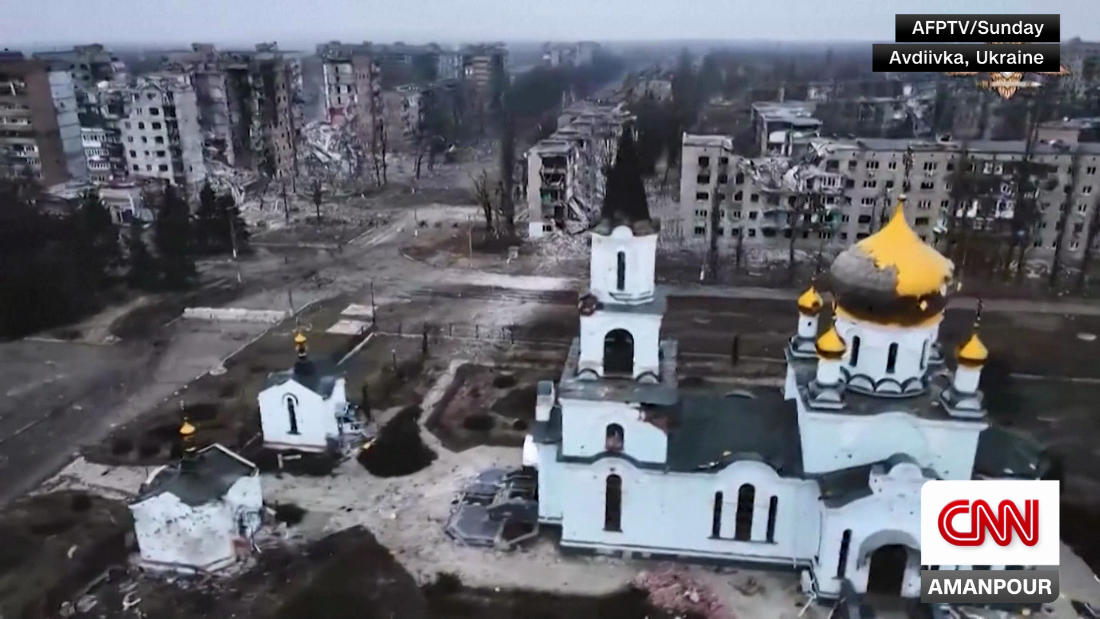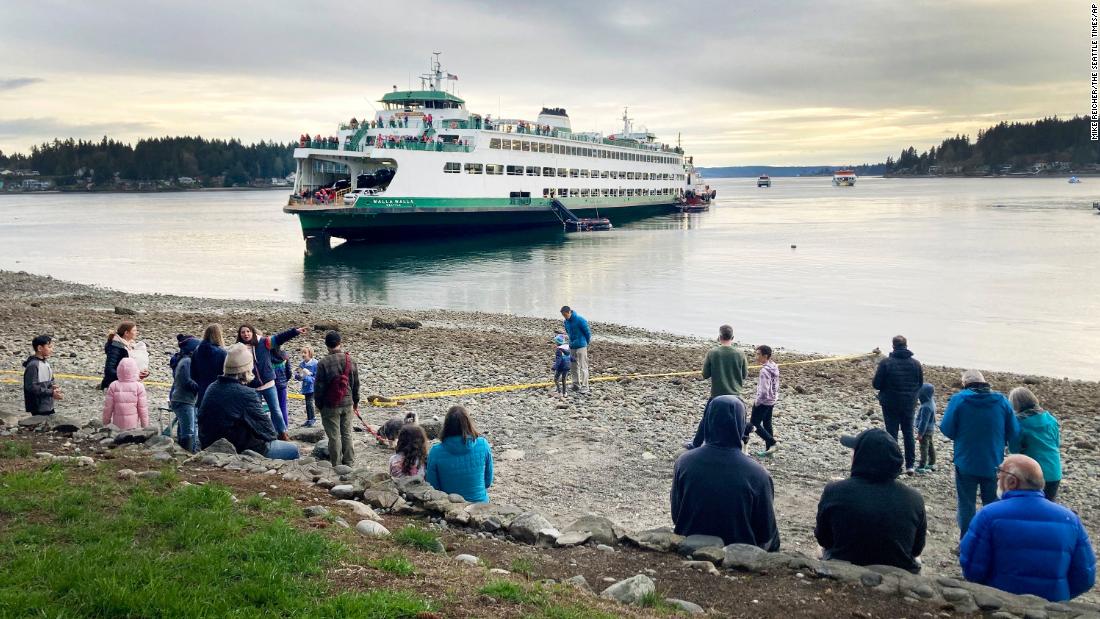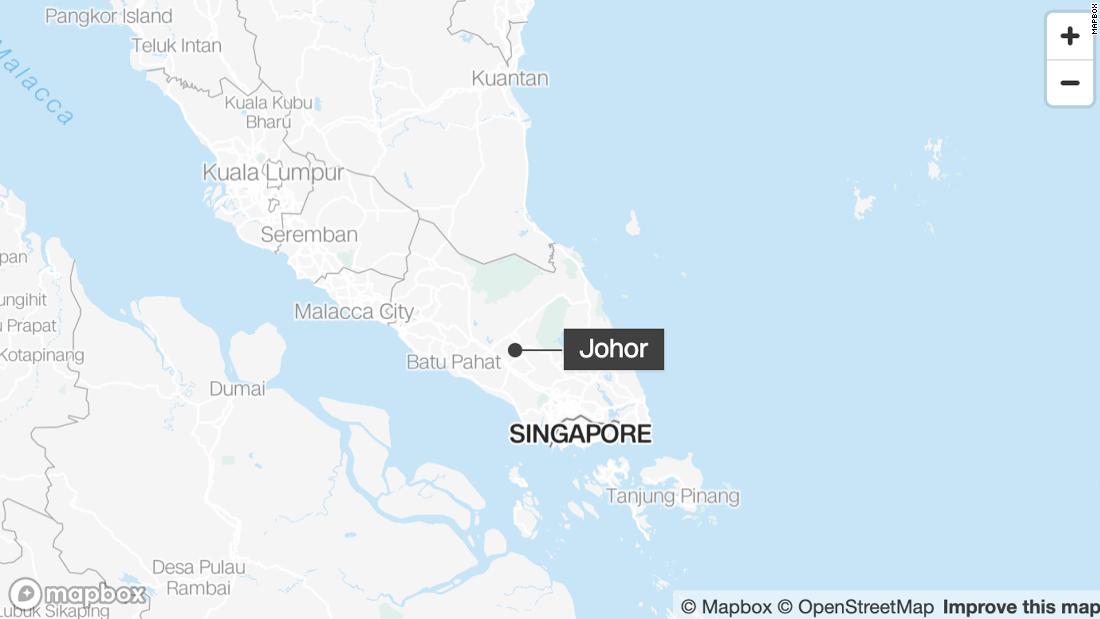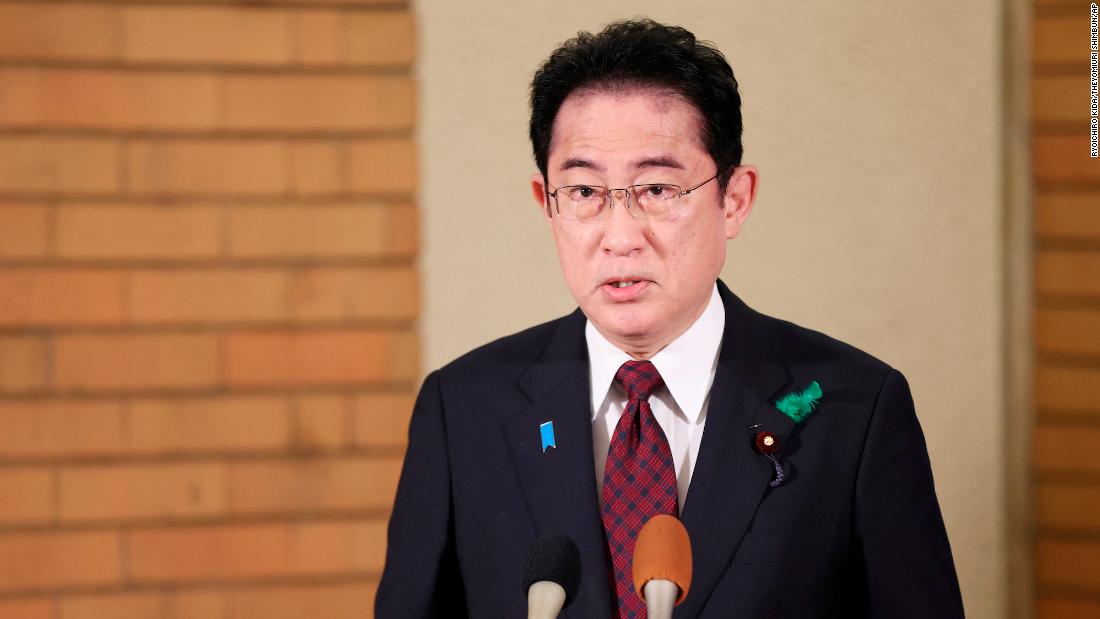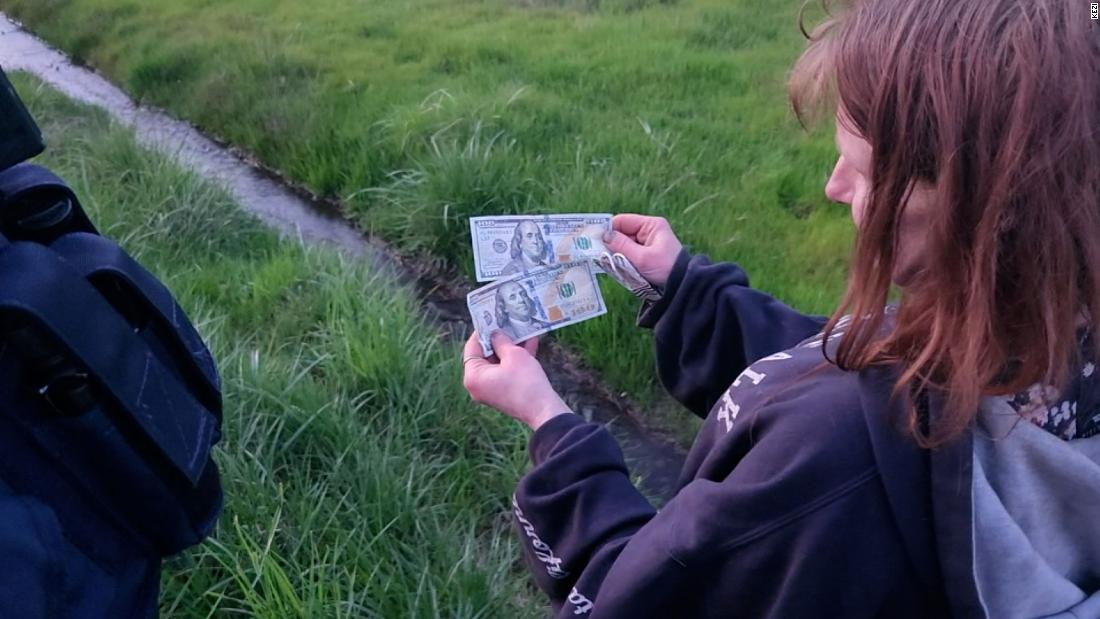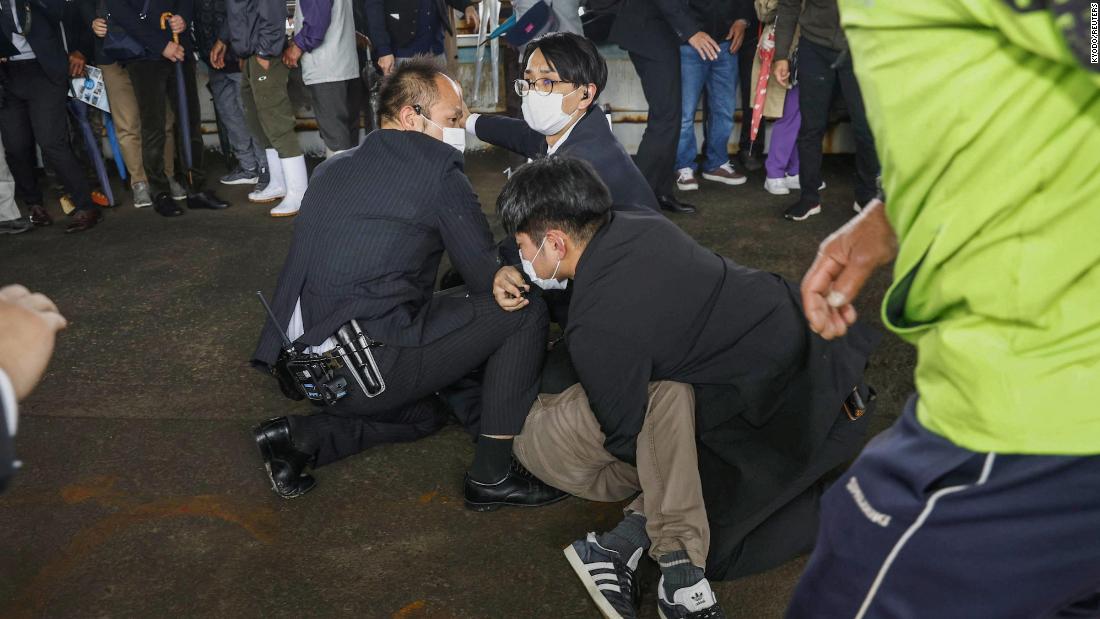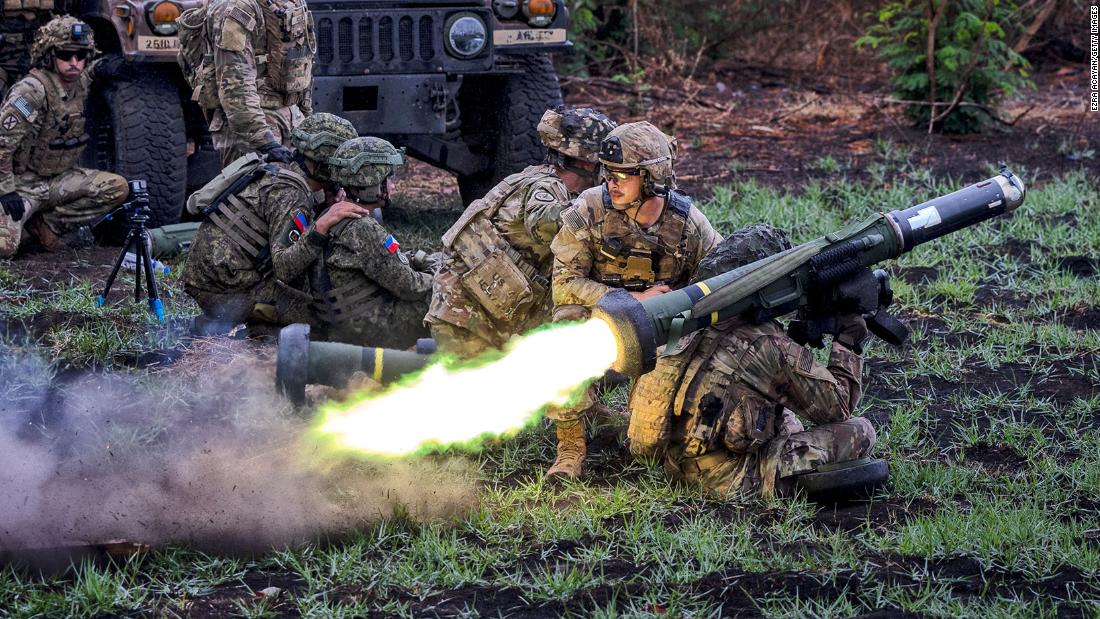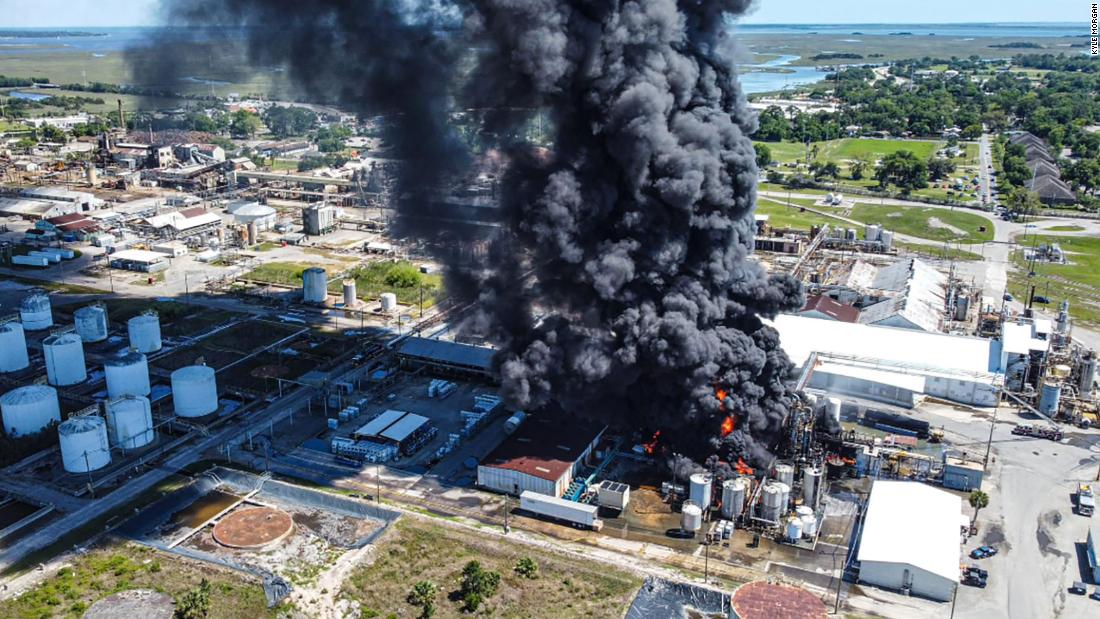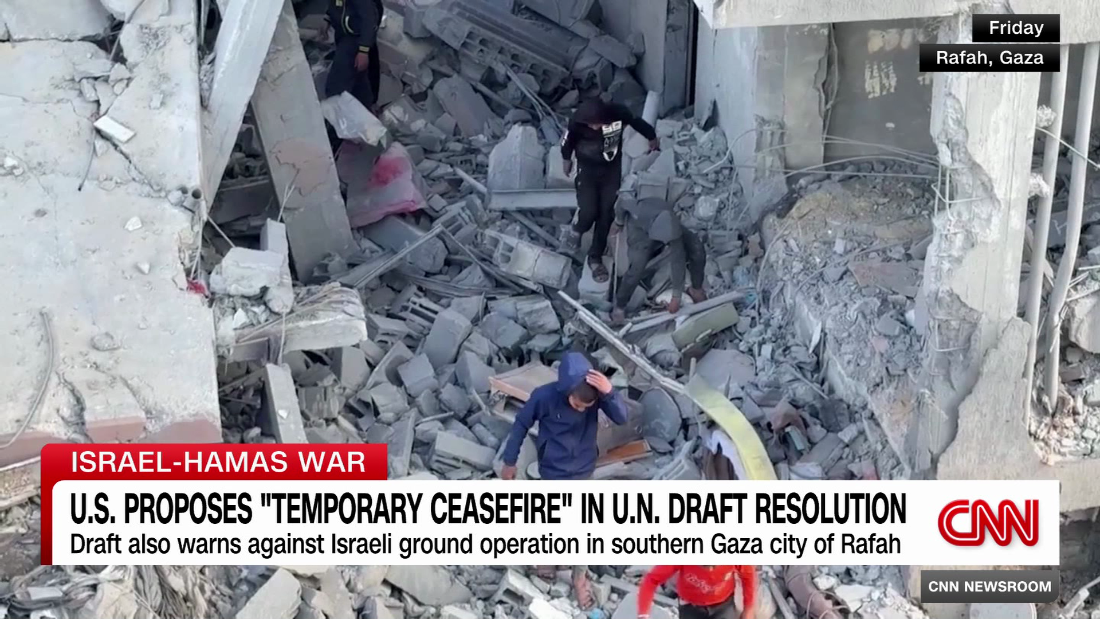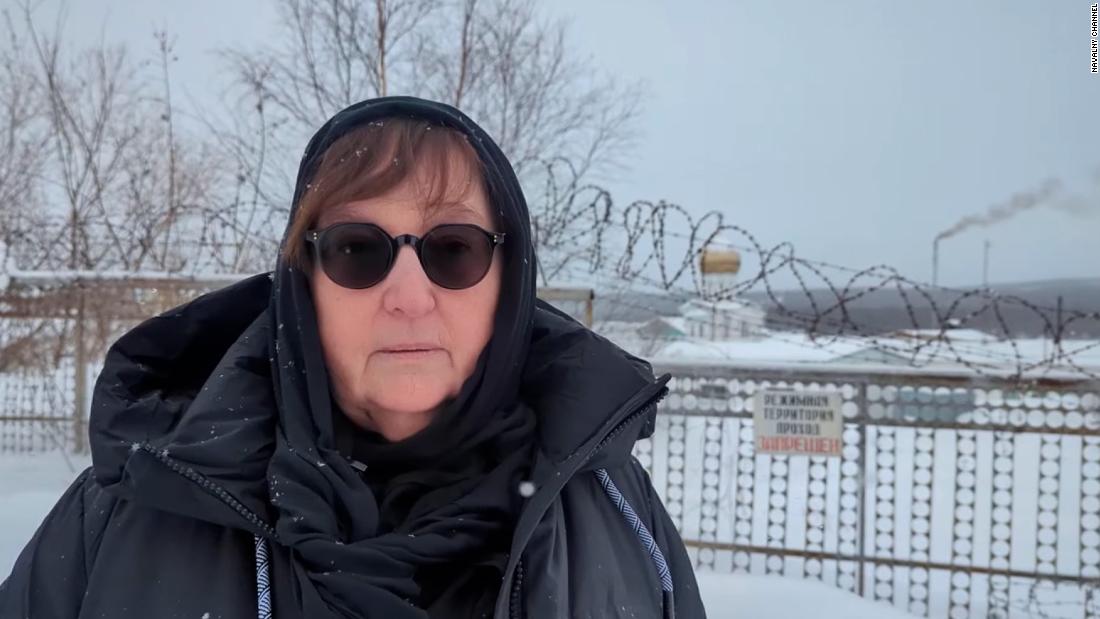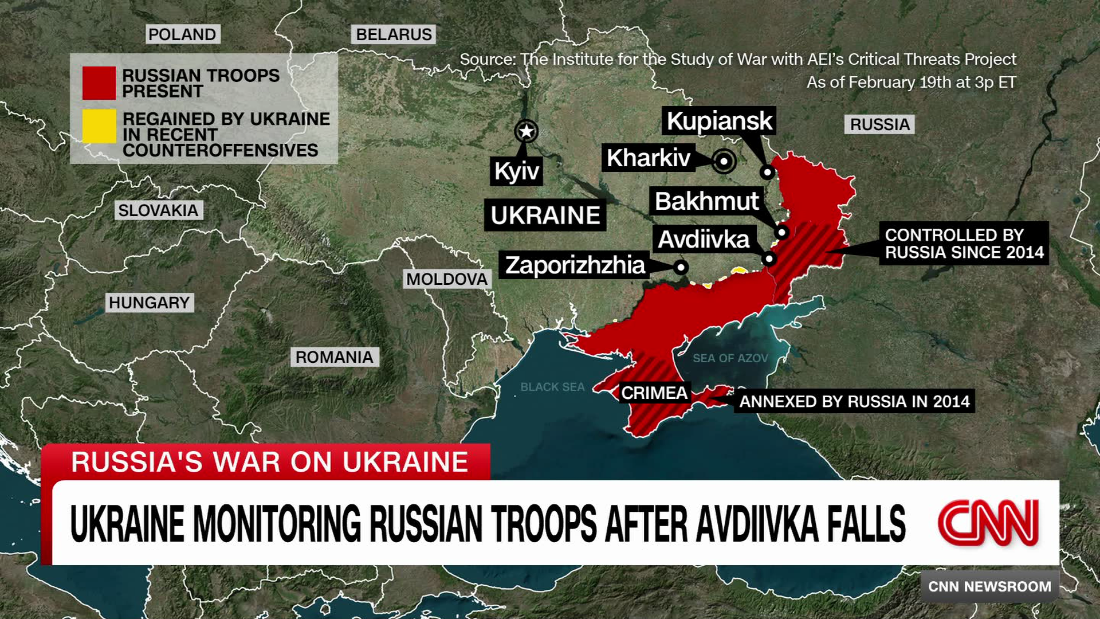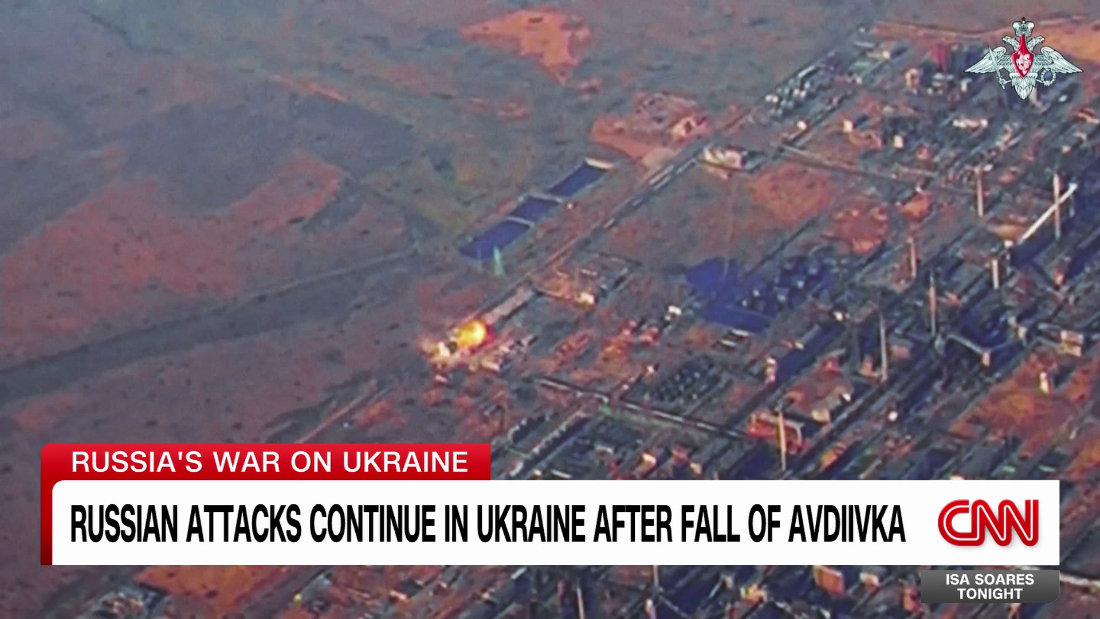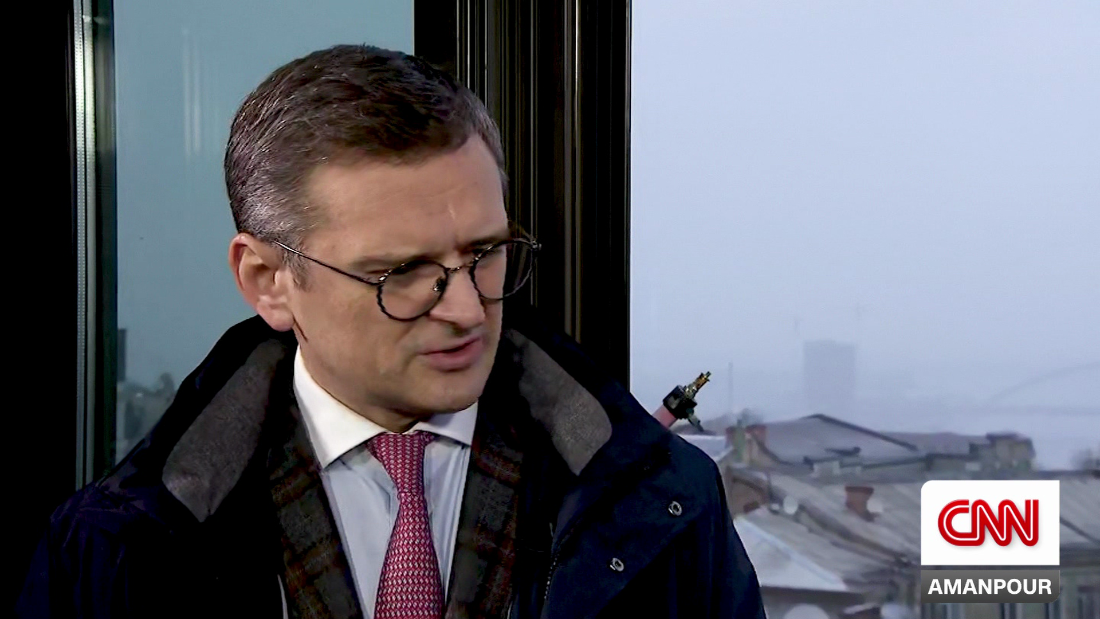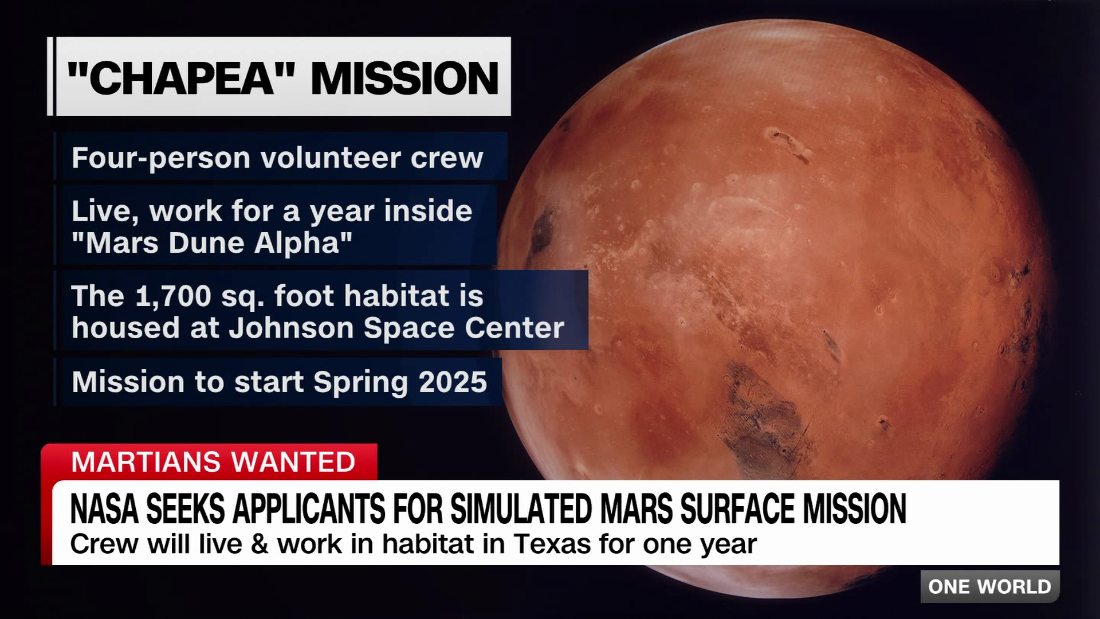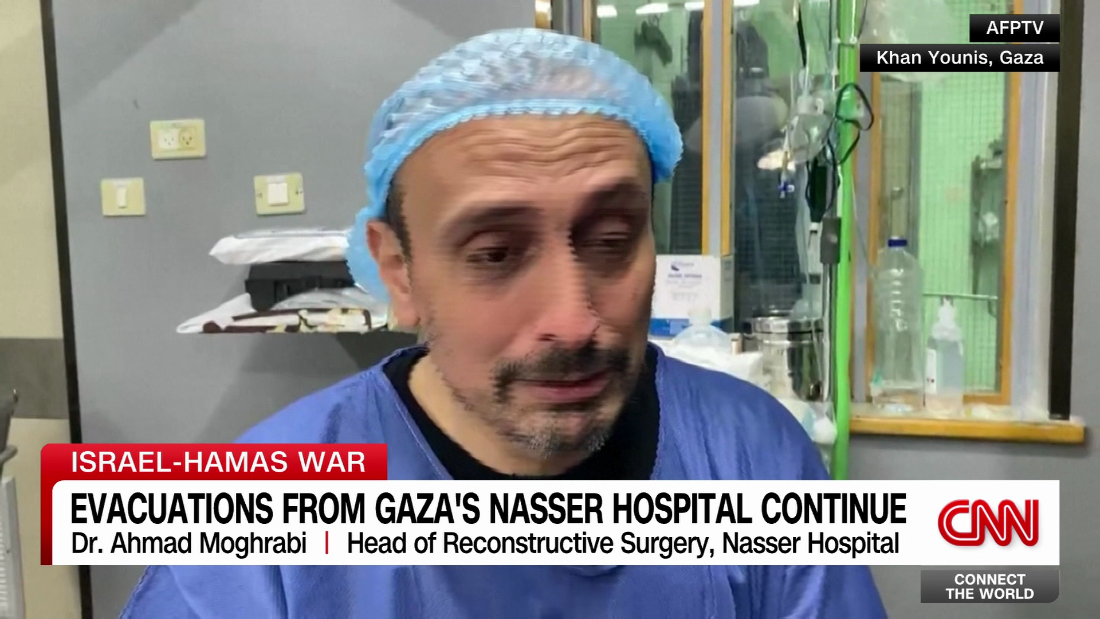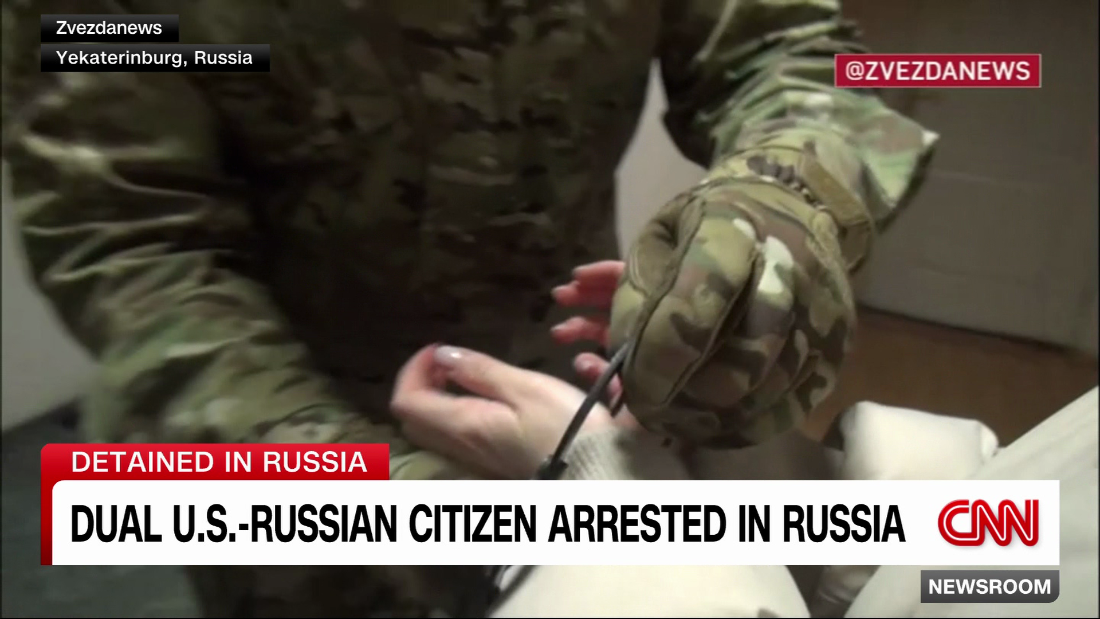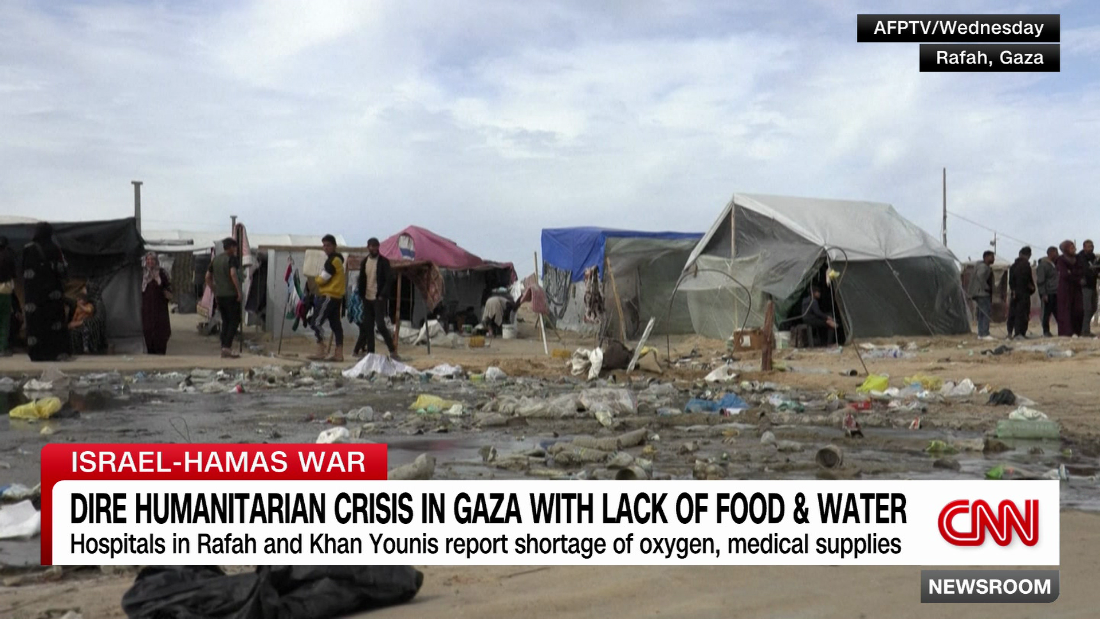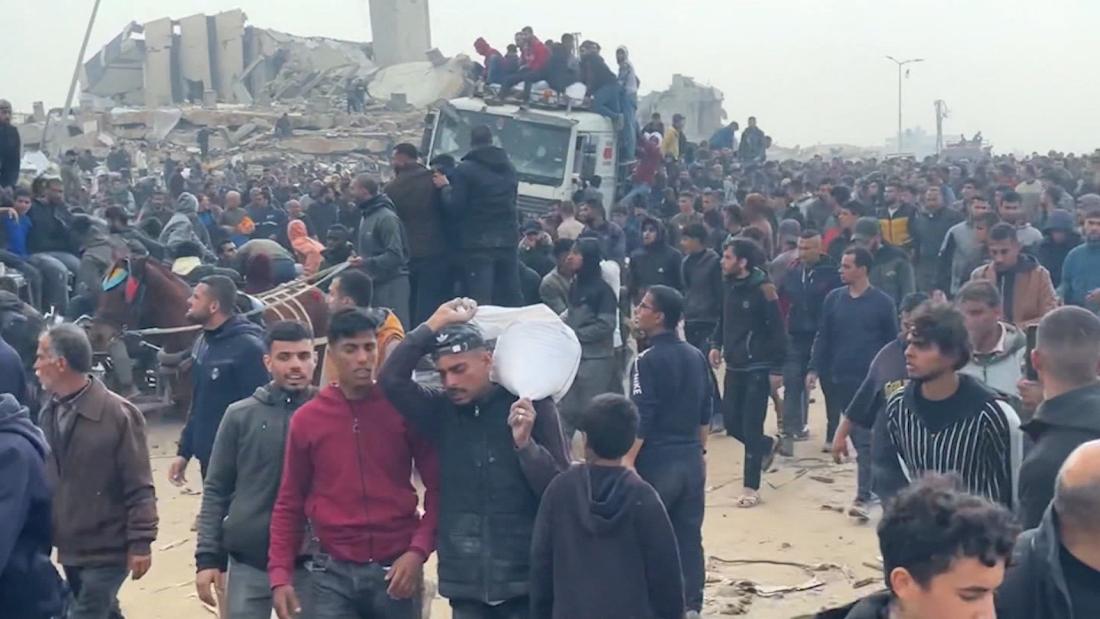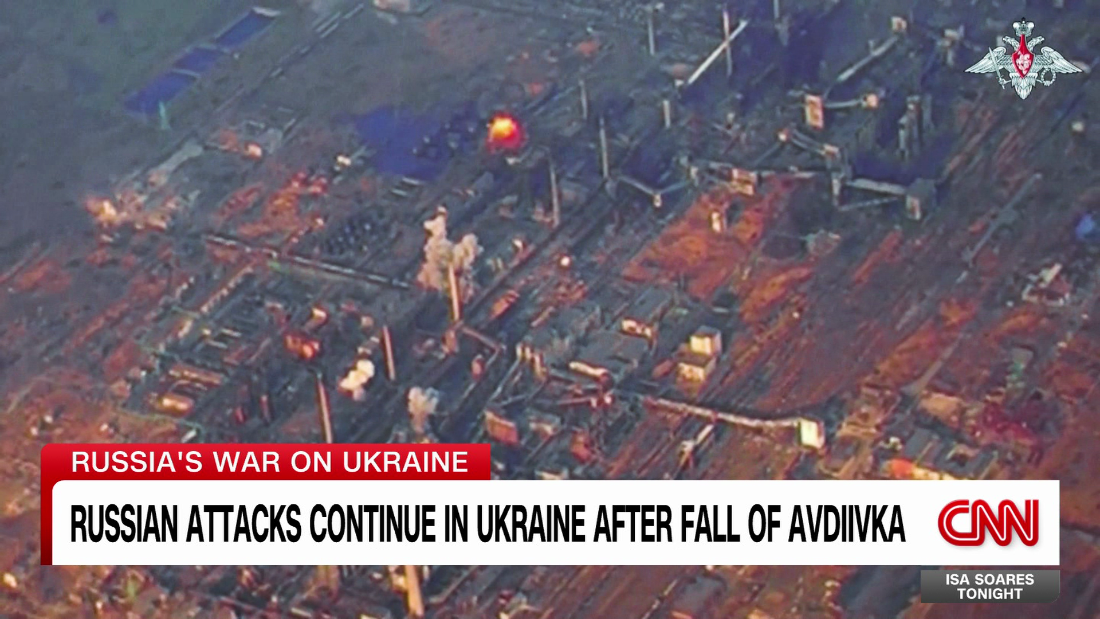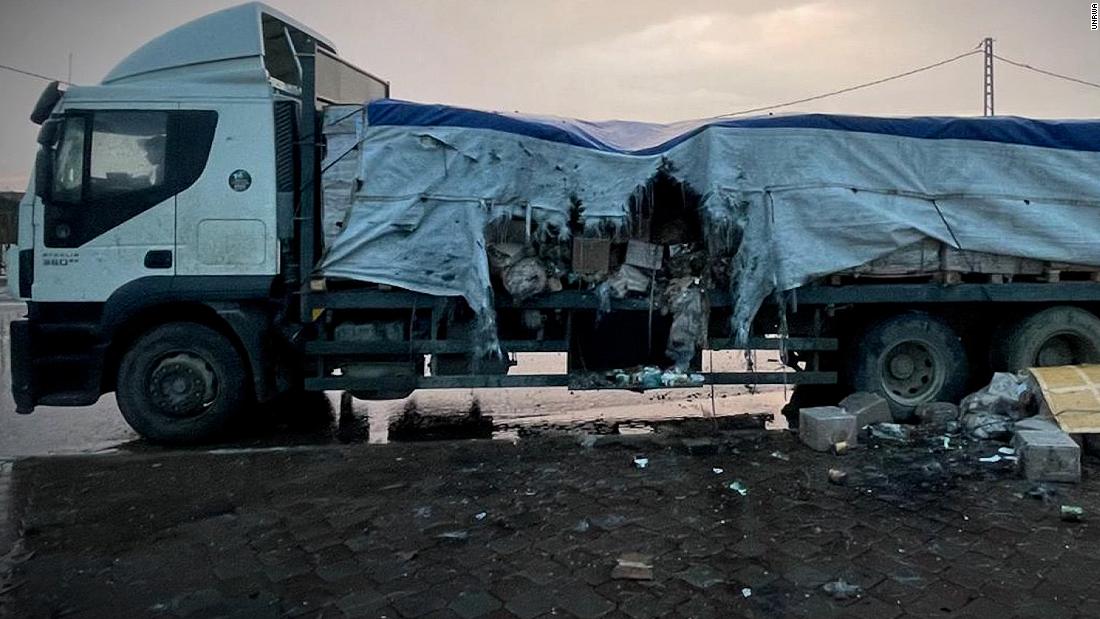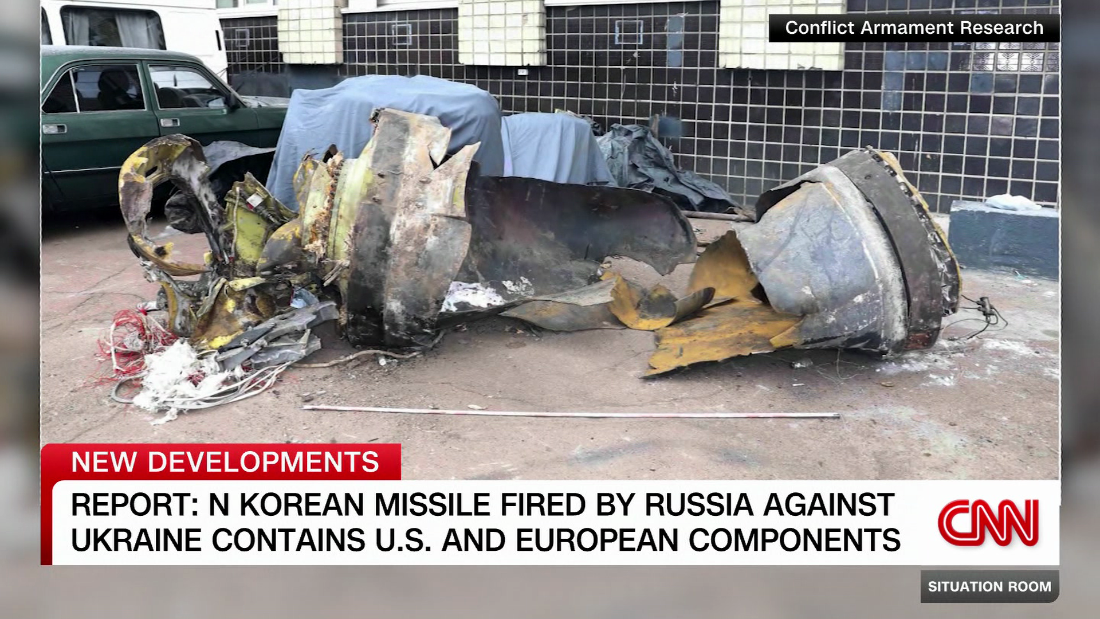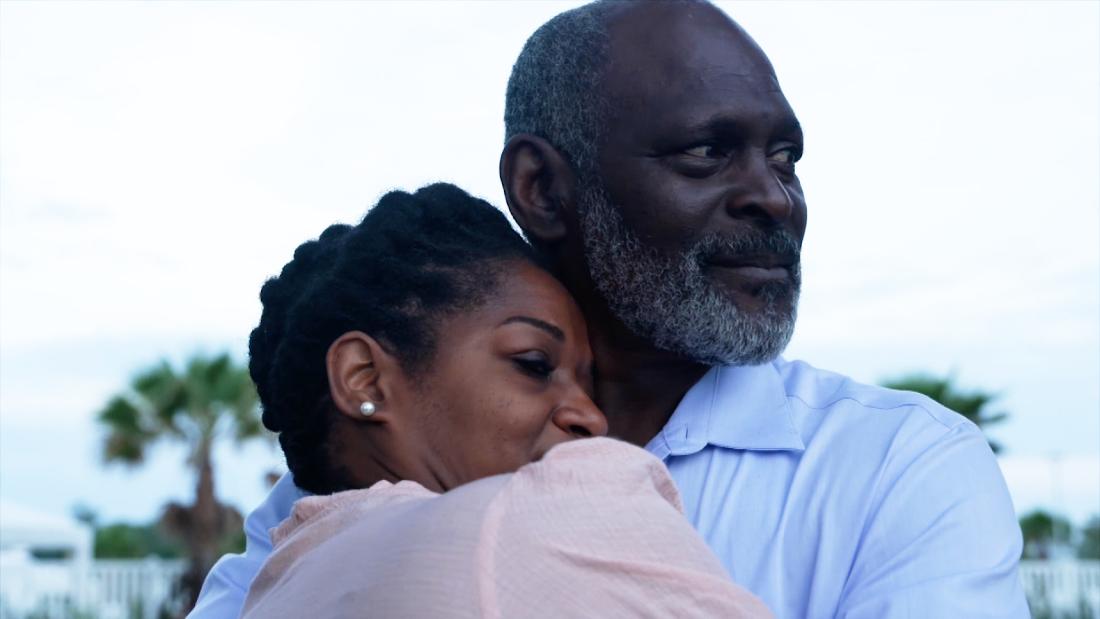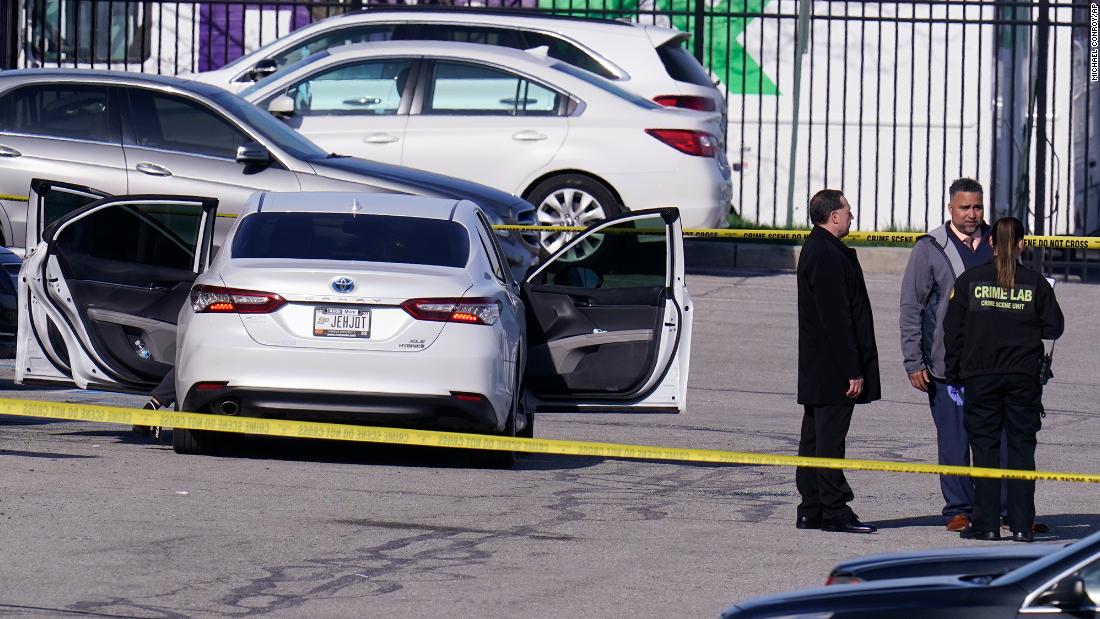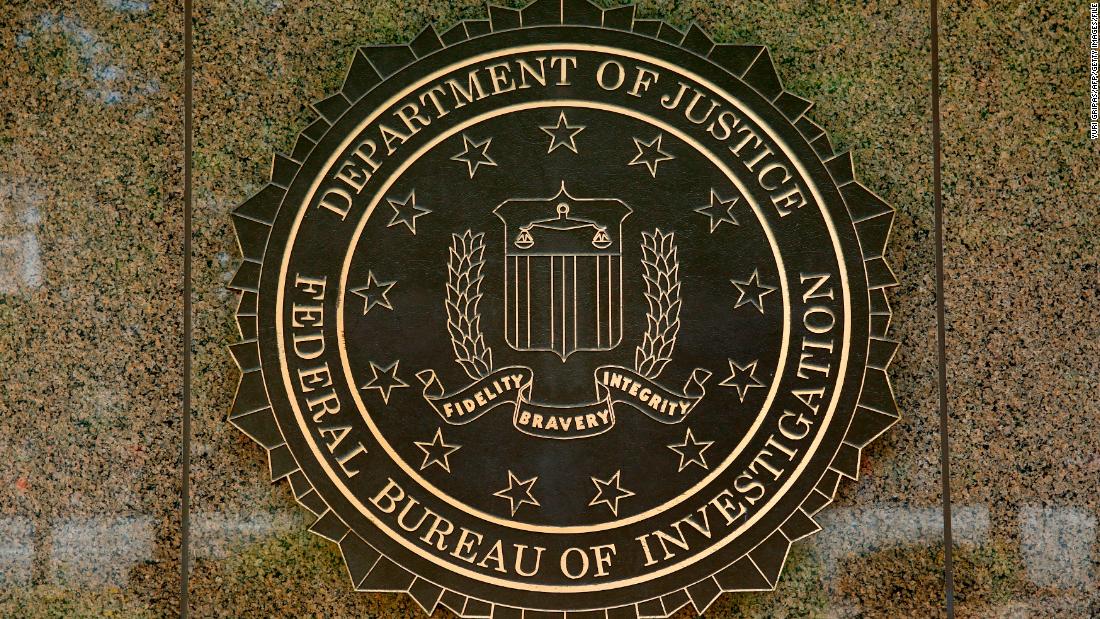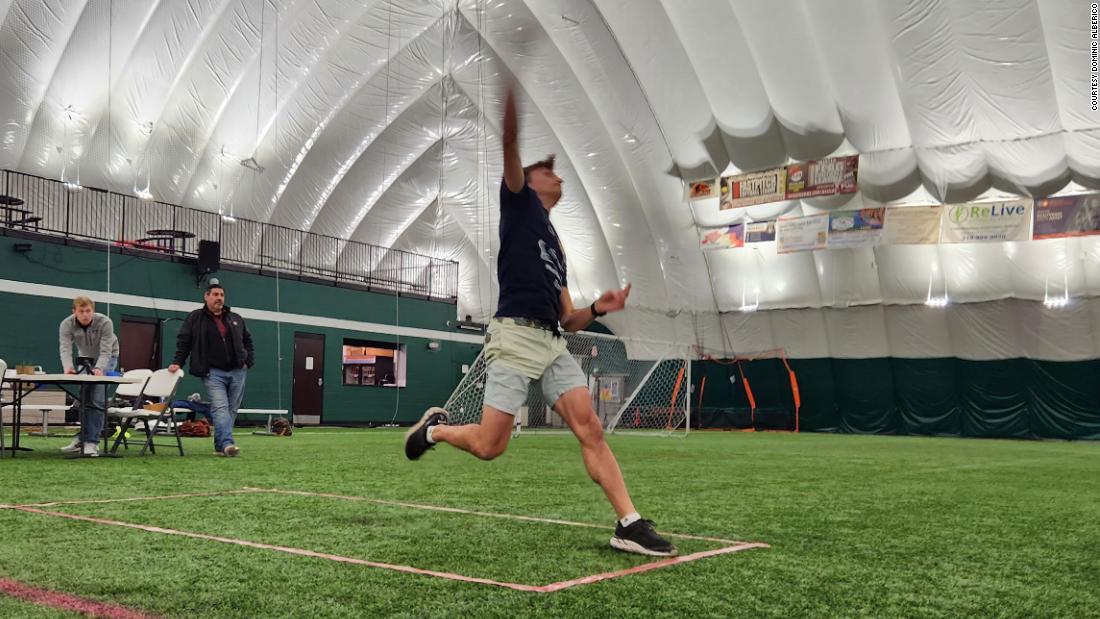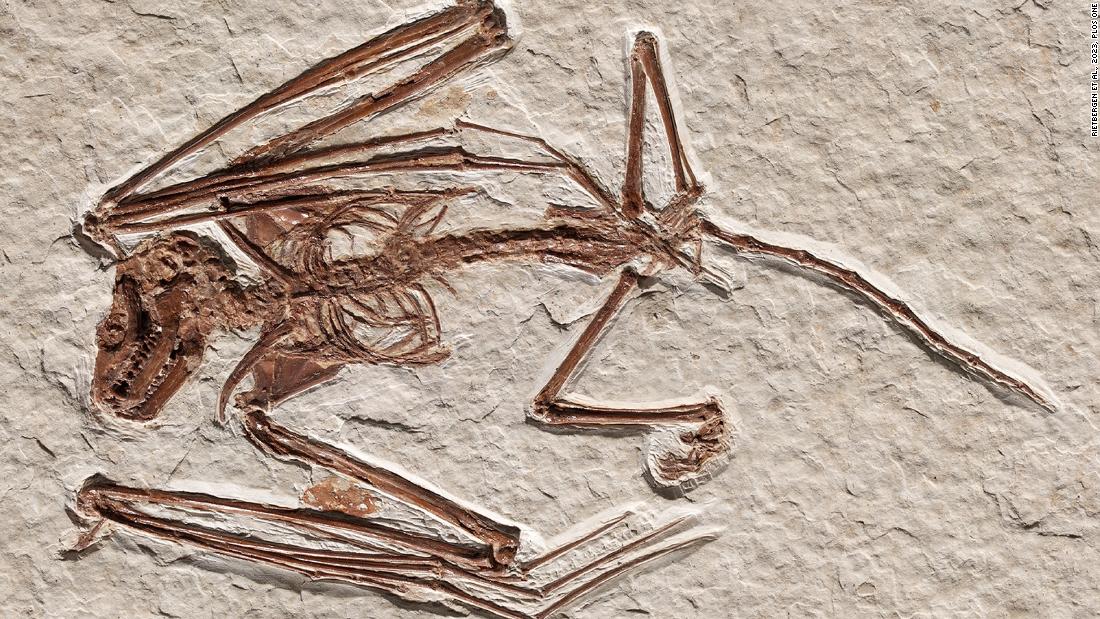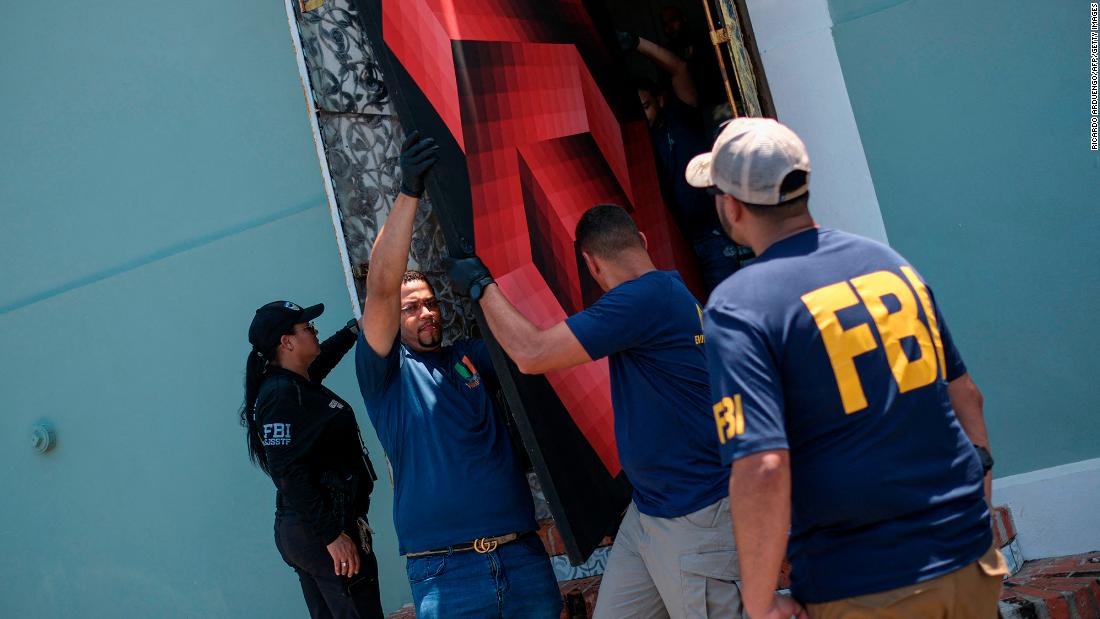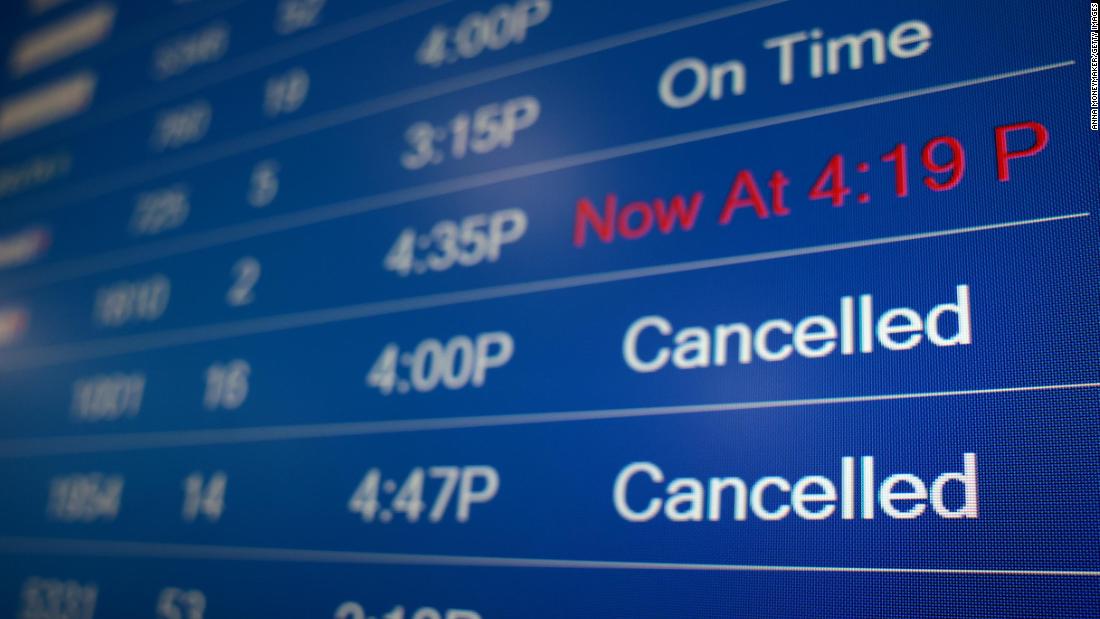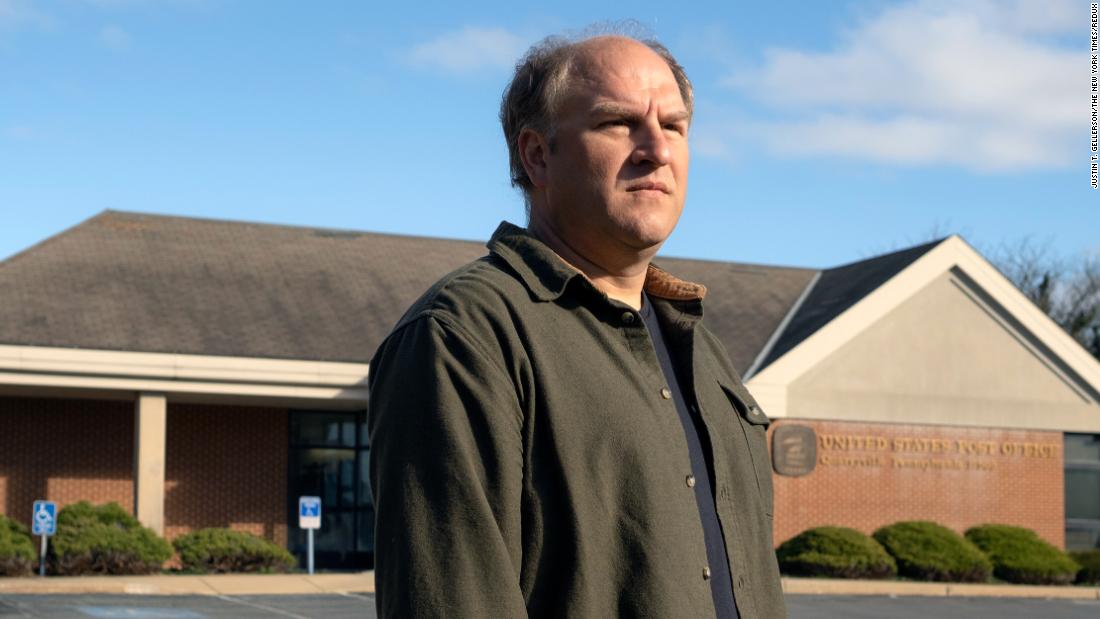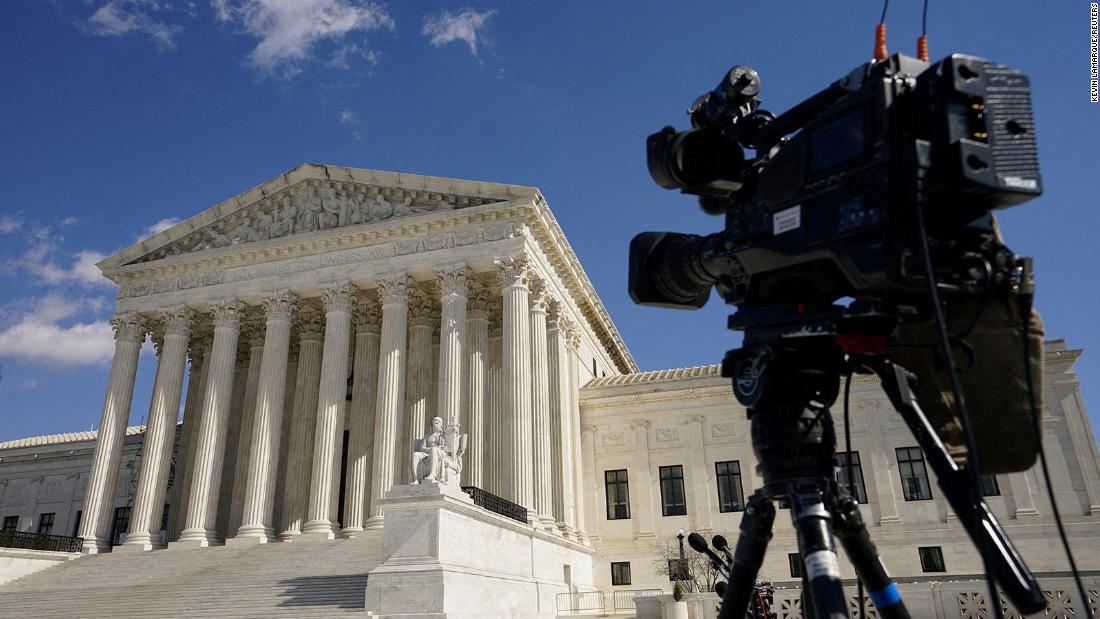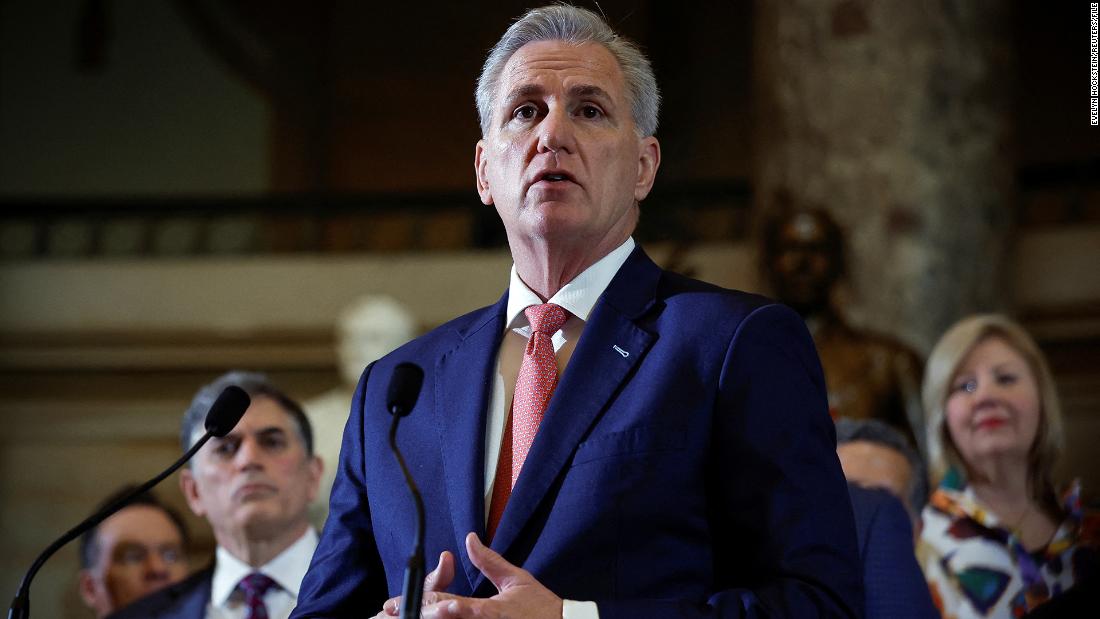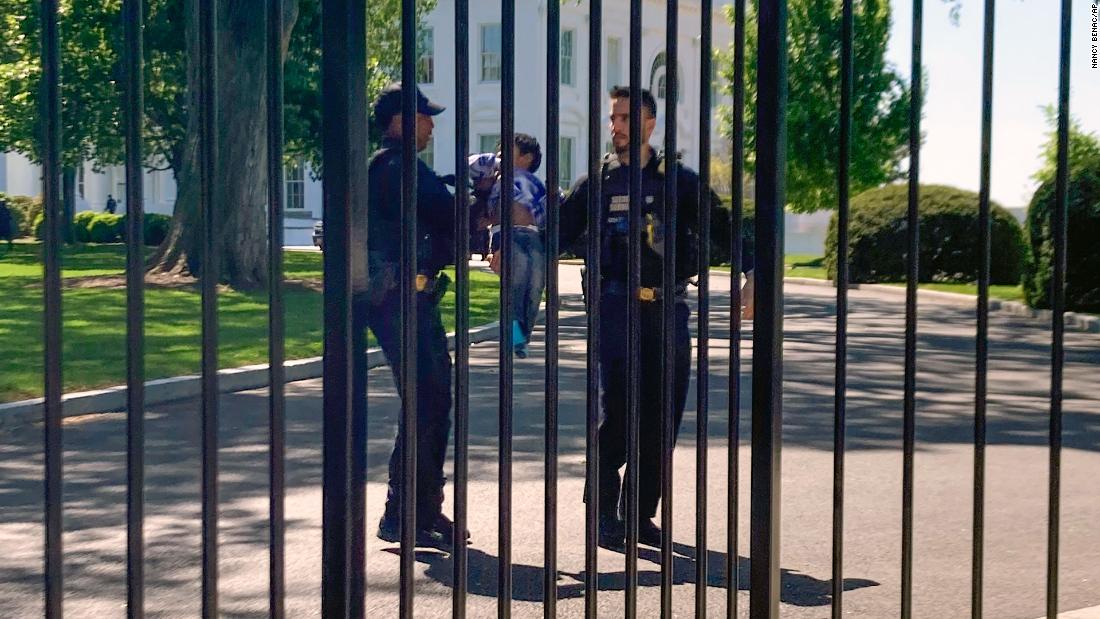THE aviation industry is buckling under three massive oversights as nearly 100 people have died in disastrous air crashes just this year, an expert warned.
Fifteen years of relative safety in commercial US flying came to a halt after a passenger plane collided with a Black Hawk earlier this year, resulting in the deaths of 67 people.
GettyAir travel in 2025 started out with a tragedy after a military helicopter and an American Airlines plane collided in Washington DC and killed 67 people[/caption]
SuppliedAn air ambulance carrying a six-year-old girl and her mom went down in flames on January 31, and seven people died[/caption]
ReutersOn February 17, a Delta plane crashed onto the runway at Toronto Pearson International Airport and flipped over[/caption]
APOn February 19, two planed collided in Marana Airport in Arizona, and two people died[/caption]
The January 29 collision in Washington DC was the most deadly crash since 2001, when an American Airlines flight plunged into a New York City neighborhood and killed 260 people.
The tragedy was the first of a series of terrifying crashes that have struck fear into American fliers and sparked an eleventh-hour debate on airline failings.
On January 31, an air ambulance carrying a six-year-old girl and her mom plunged into a neighborhood in Philadelphia, and seven people died in the firebomb.
On February 6, a small commuter plane heading to Nome, Alaska, crashed, and all 10 people onboard died.
And just days after that, singer Vince Neil’s private jet collided with another plane, killing the pilot and injuring four others.
US airways hadn’t seen a serious crash since 2009, when a Colgan Air Bombardier turboprop plummeted near Buffalo, New York, and killed 49 passengers and crew.
After that tragedy, America ascended to a gold standard reputation for safety, but travelers in the states fear this era may be over.
Speaking exclusively to The U.S. Sun, Ryan Tseko, who worked as a flight deck officer and trainer for the Federal Aviation Administration, stressed that despite the disturbing crashes, US air travel is still reliable.
“If you look at the actual data comparing 2024 and 2025, the total number of plane crashes this year is actually lower than last year,” he said.
“In January 2024, there were 80 crashes, and in February, there were 93. So far in 2025, we are at a total of 87 crashes.
“However, there have been more fatalities this year, which, combined with increased media coverage, makes it feel like aviation accidents are happening more frequently.”
Tseko said these latest crashes have shined a light on three key issues plaguing the aviation industry – and said that airlines are struggling to maintain their normally high safety standards.
One massive issue is the shortage of air traffic controllers, who are essential to approving flight takeoffs and touchdowns at busy airports.
According to FAA records, a controller at Ronald Reagan Washington National Airport was doing the job of two people when American Airlines smashed into the Black Hawk.
Controllers have been urgently requesting assistance for years, as many quit or are fired over the long, irregular hours and constant stress of holding thousands of lives in their hands.
According to Tseko, the staffing issue has now become a “crisis.”
“The industry has been facing an ongoing ATC staffing crisis, which raises concerns about workload management and air traffic safety,” he said.
National Transportation Safety BoardAir crash fatalities are higher than normal this time compared to last year[/caption]
National Transportation Safety BoardHowever, overall crashes are lower than in previous years[/caption]
Airlines are also struggling to hire pilots since the pandemic, when many people stepped away from their jobs and pivoted to other industries.
“Some analysts predict that by 2025, the industry could be short by as many as 34,000 pilots,” said Tseko.
“A large number of experienced pilots are either retiring or phasing out of the airlines, and the question remains: Are we training enough new pilots fast enough to keep up?”
All of these issues are mounting as a surge in air travel is pushing the industry to its limits.
According to the International Air Transport Association, there’s expected to be a mind-boggling 40 million aircraft departures in 2025, which is a 4.6% increase from last year.
Tseko said, “We are seeing a significant spike in air travel demand, putting further strain on airlines, training programs, and the aviation workforce as a whole.”
According to the aviation expert, US travelers shouldn’t be afraid when they’re boarding a flight.
However, as pressures mount and demand grows, changes must be made in order to prevent any future disasters.
“While the overall number of crashes may not be increasing dramatically, these industry challenges highlight the need for proactive solutions to maintain the high safety standards that aviation is known for,” Tseko said.
‘Freak accident’ is something ‘from the movies’
Scott Keyes, founder and chief flight expert at the Going travel app, shared insights with The U.S. Sun following the Delta plane crash at Torotno Pearson International Airport on February 17.
Regarding the cause of the Toronto plane crash:
“It’s too early to speculate what precisely happened, I’m afraid. It’s certainly safe to call it a “freak accident” and that may be understating just how rare a scene like this is. An inverted passenger plane is something moviegoers saw in Denzel Washington’s 2012 film Flight—not something we see in reality until today.”
Regarding smaller jets having been involved in recent crashes:
“While it’s certainly unexpected to have two major incidents in a row take place on small aircraft, it’s not totally shocking. Around one-third of commercial aircraft in the US are smaller planes like the Delta CRJ seen today. We’ll wait and see for the investigators’ report, but given the differing circumstances of Toronto and DCA, I think it’s highly unlikely that this is a built-in aircraft issue similar to what we saw with successive 737 MAX crashes.”
Regarding air travel safety:
“You are far, far more likely to get in an accident on your drive to the airport than on your flight from the airport. On a per-mile basis, your mortality risk in a car is over 100 times higher than in a passenger plane. The fact that incidents like these grab so much attention is because of their rarity.”
— Scott Keyes, founder and chief flight expert at the Going travel app
APThe neighborhood in Philadelphia erupted into flames after the plane crash[/caption]
APThe streets were strewn with wreckage[/caption] Published: [#item_custom_pubDate]














